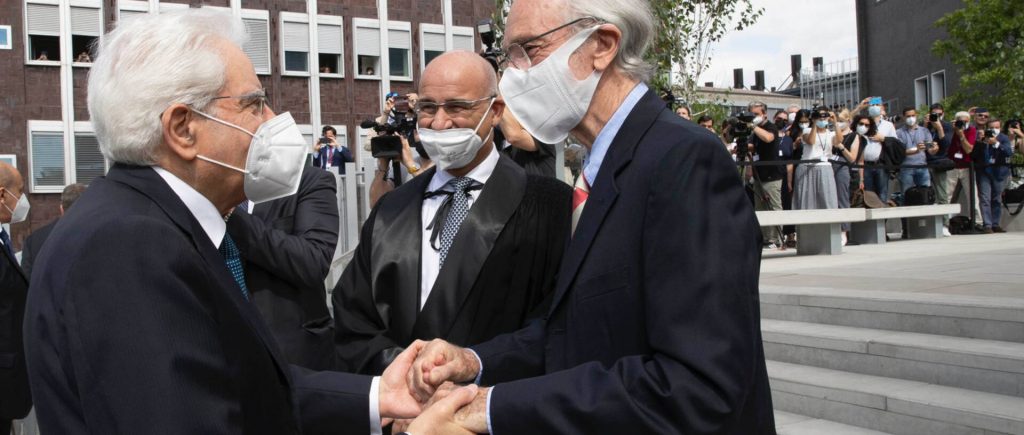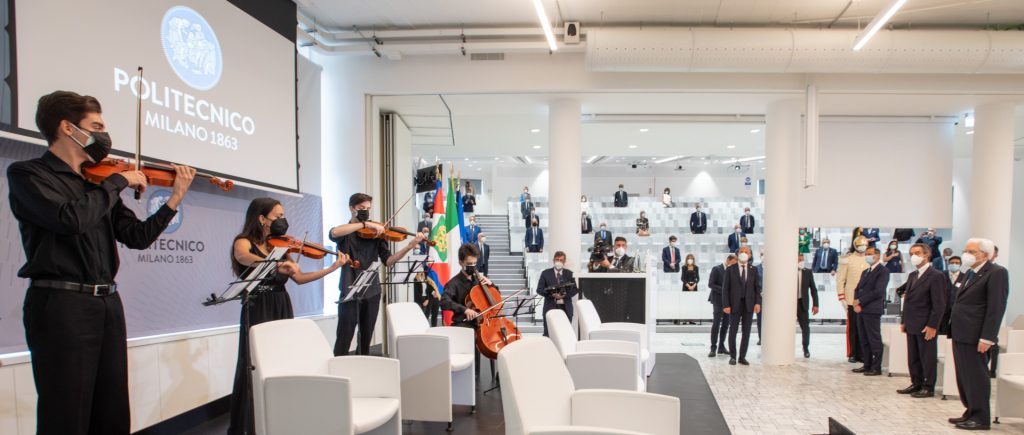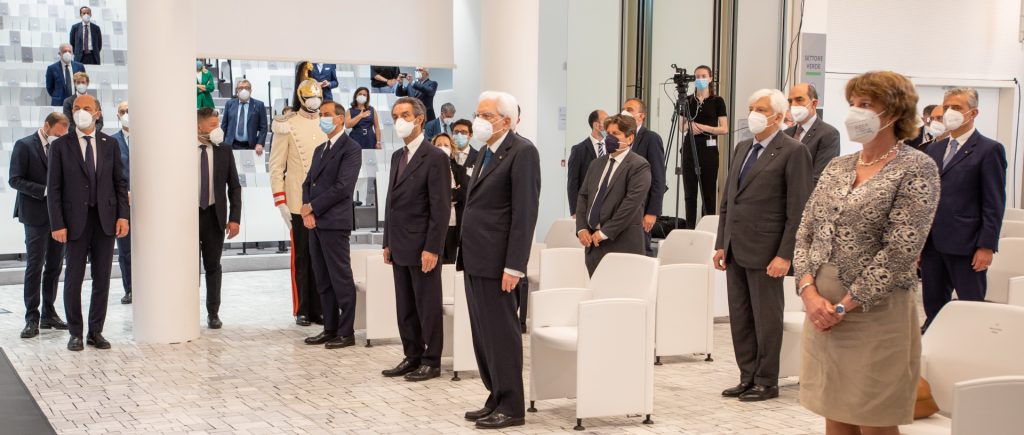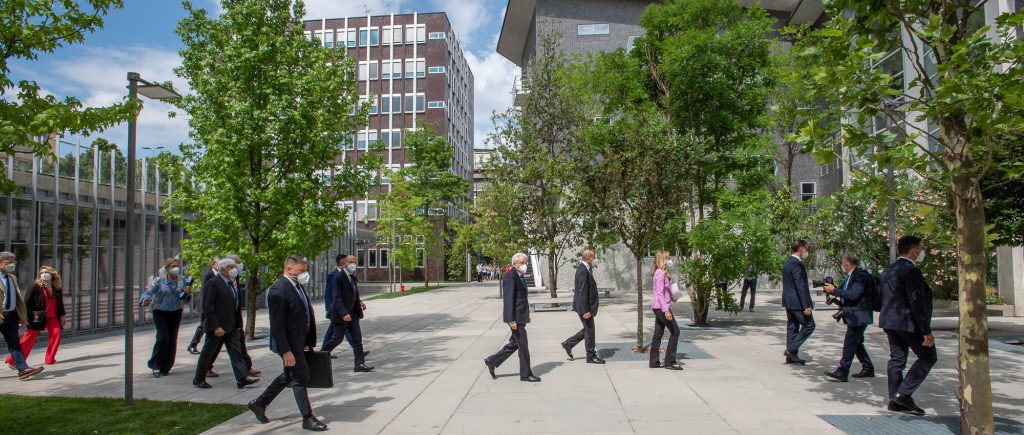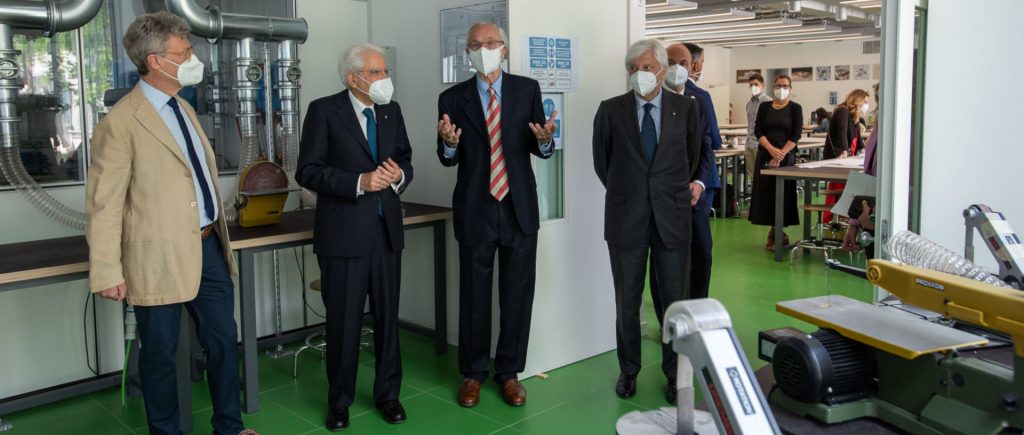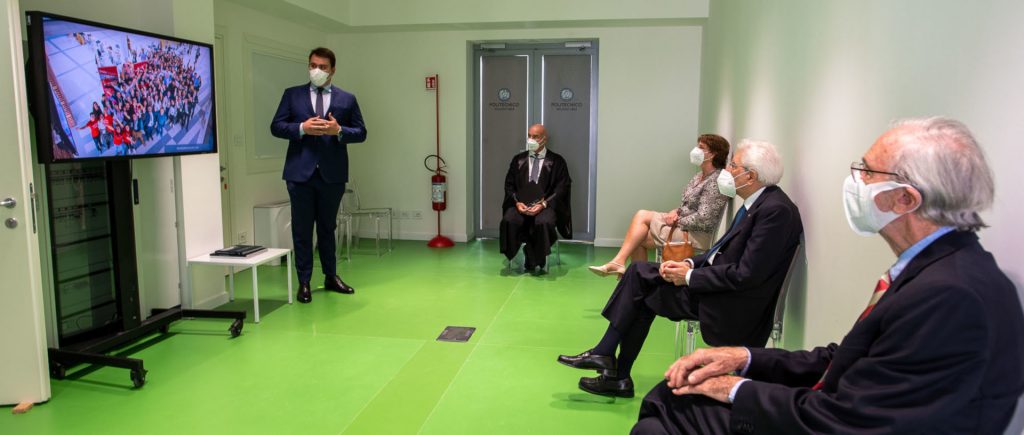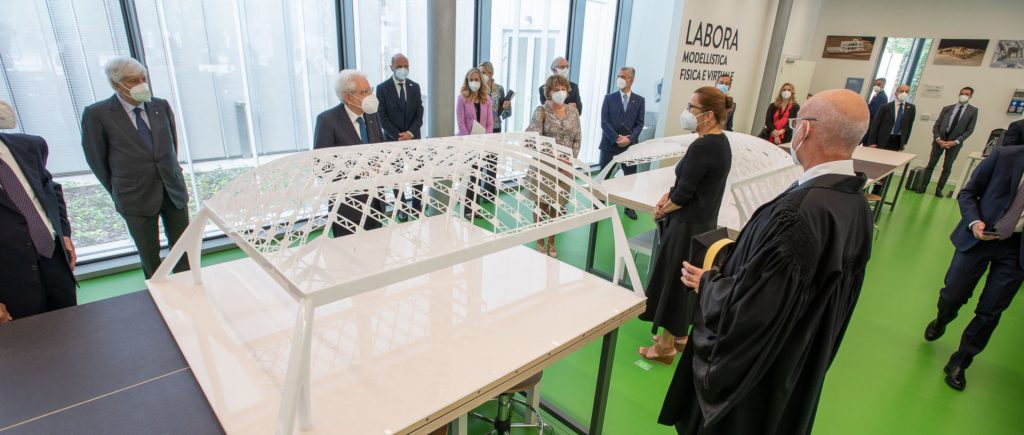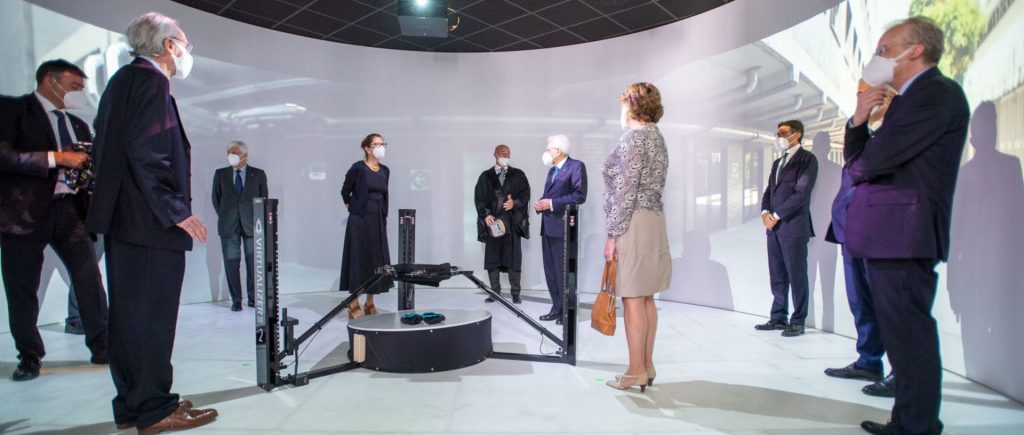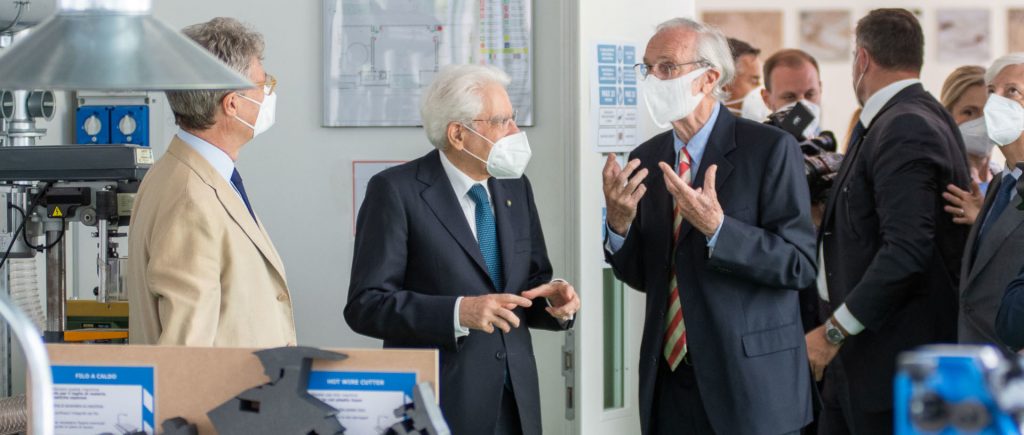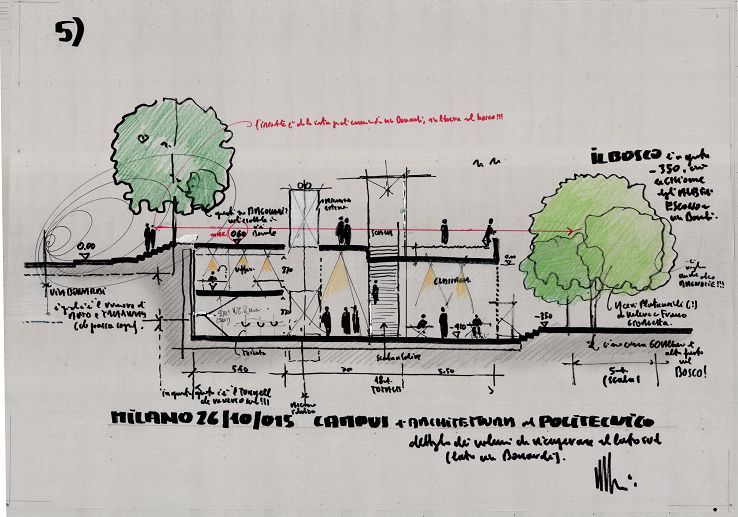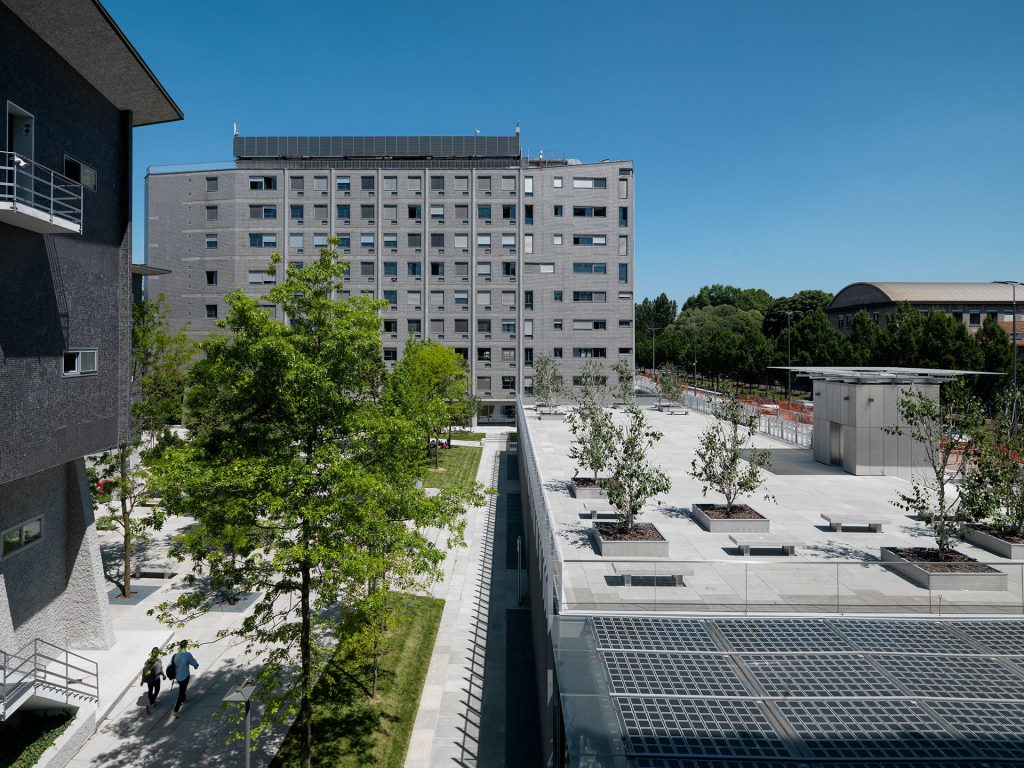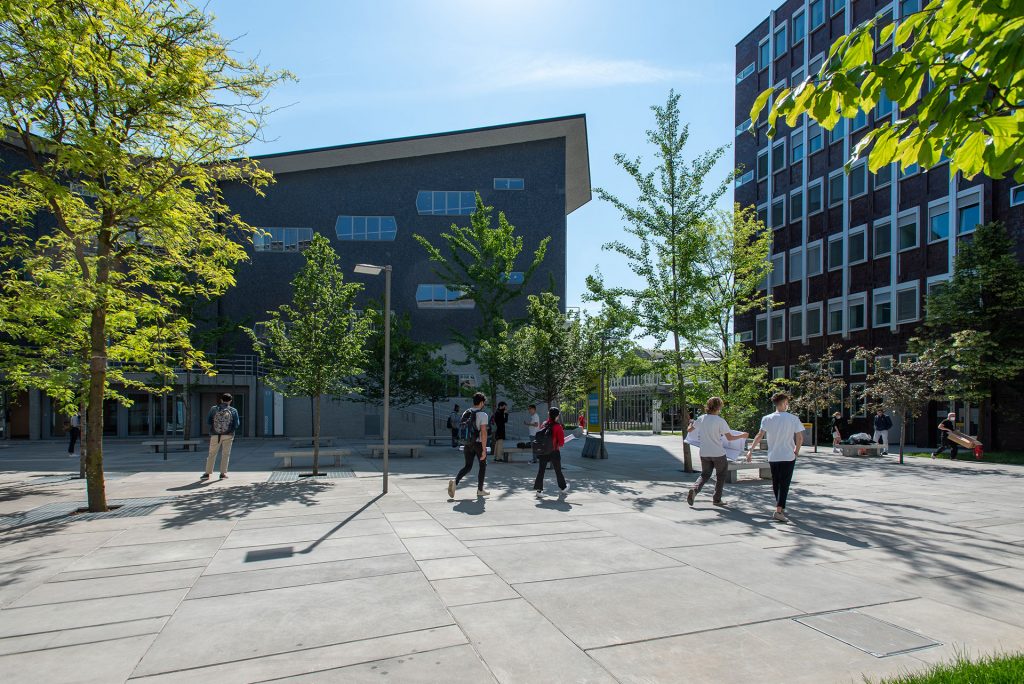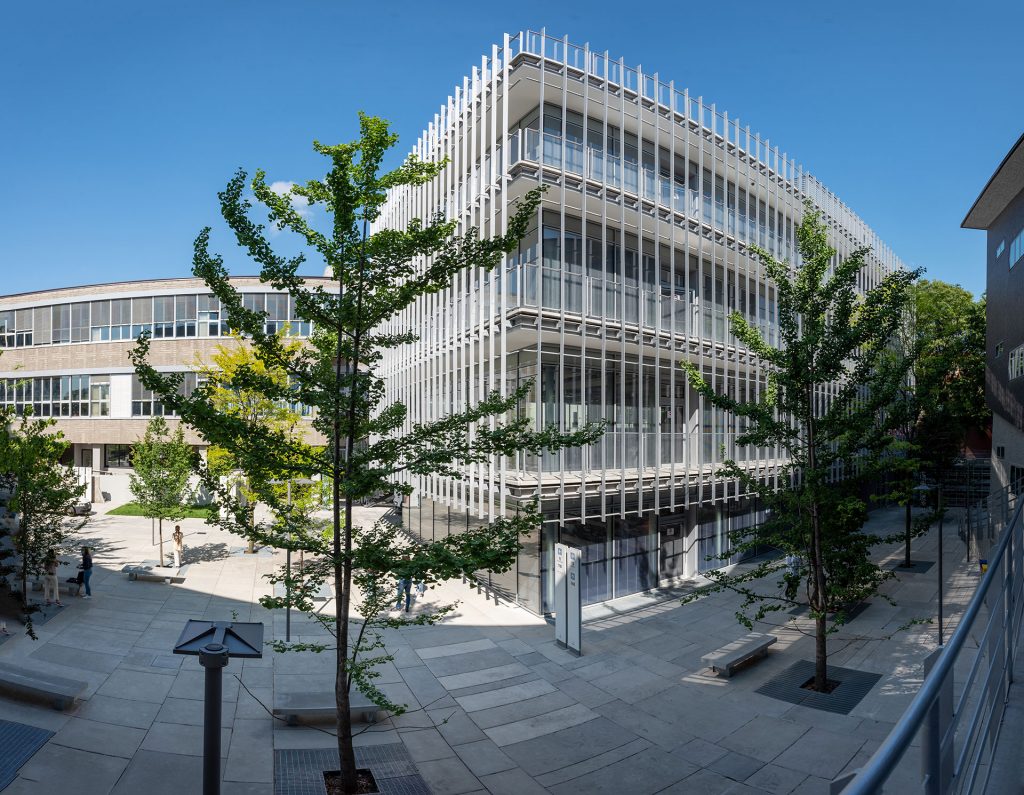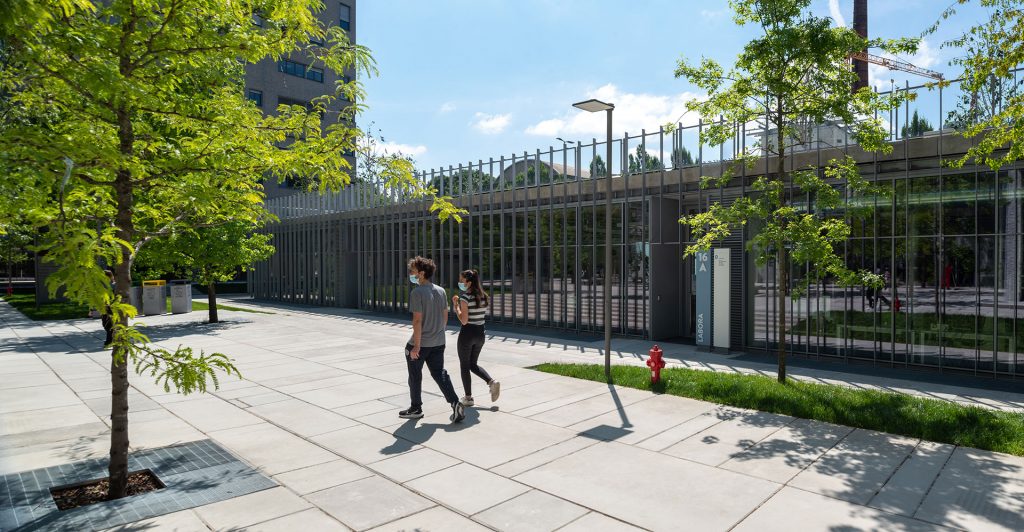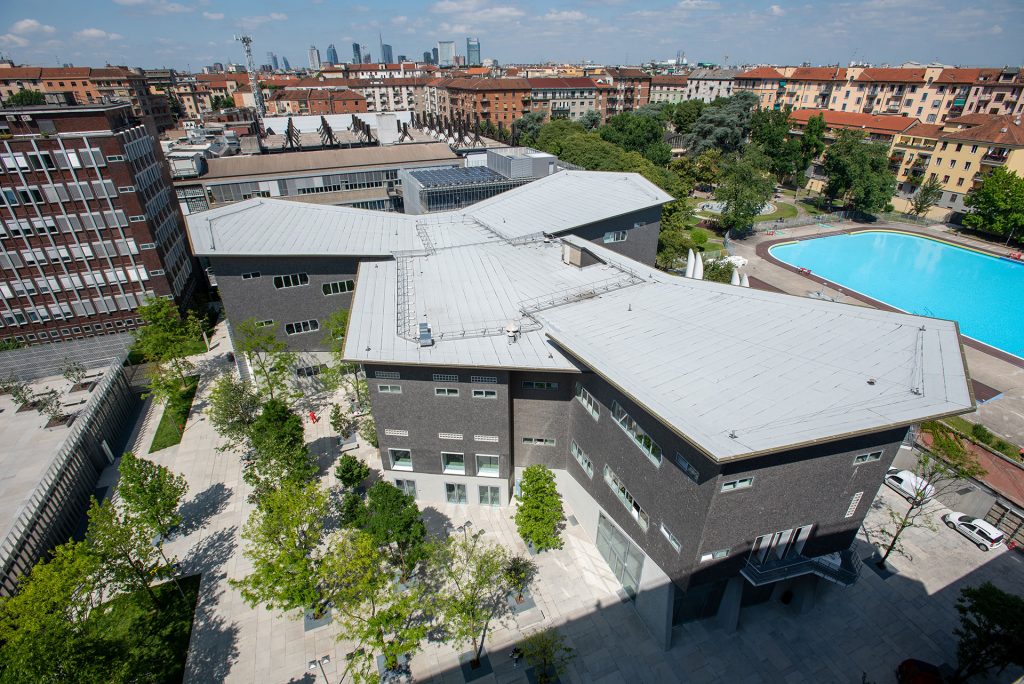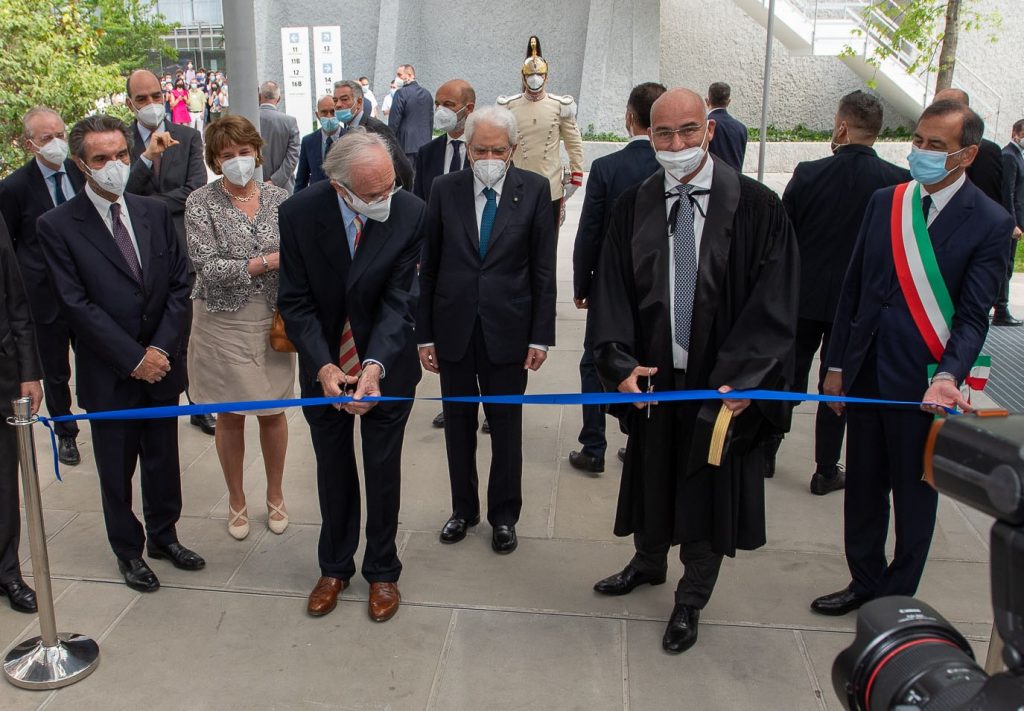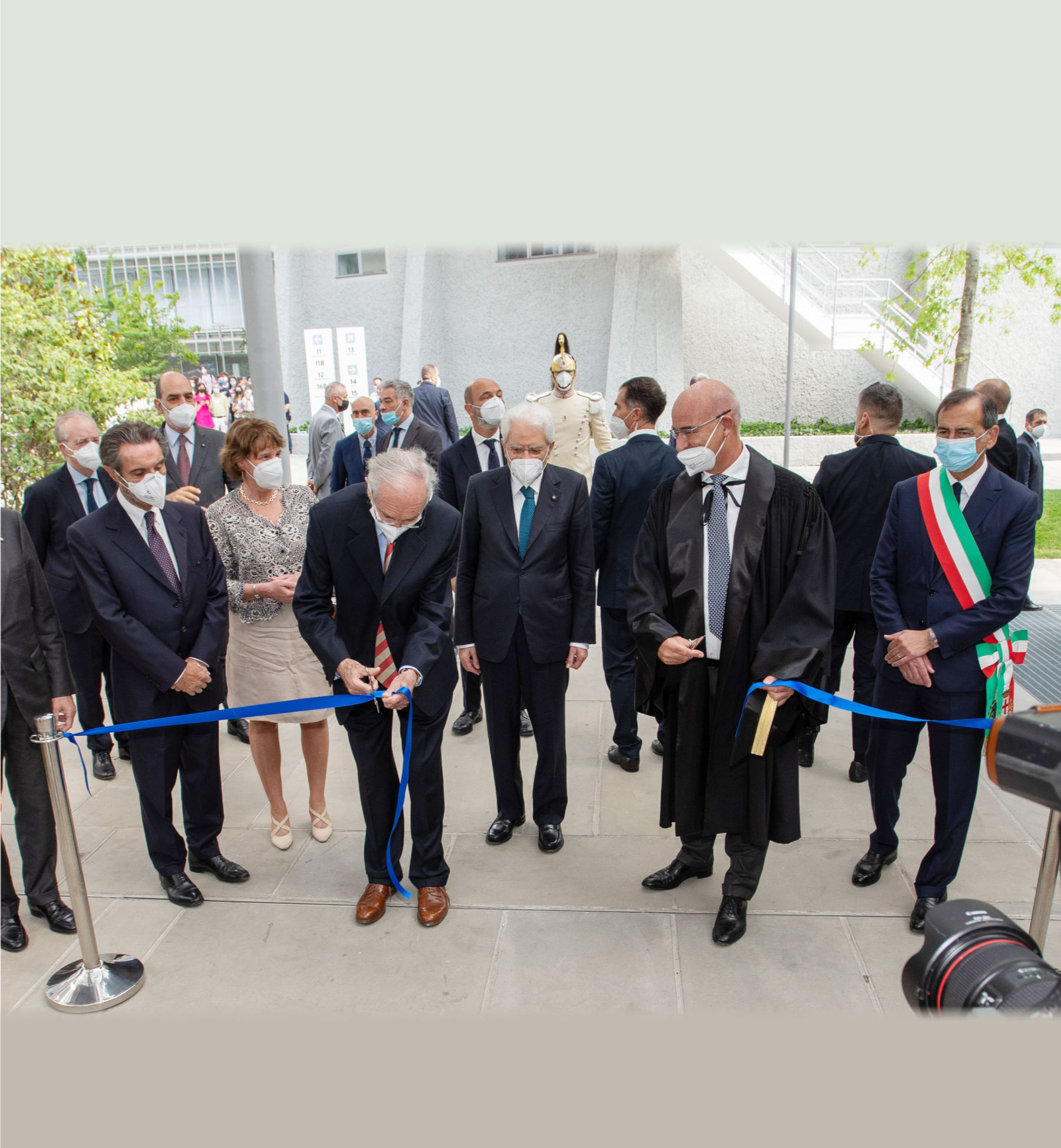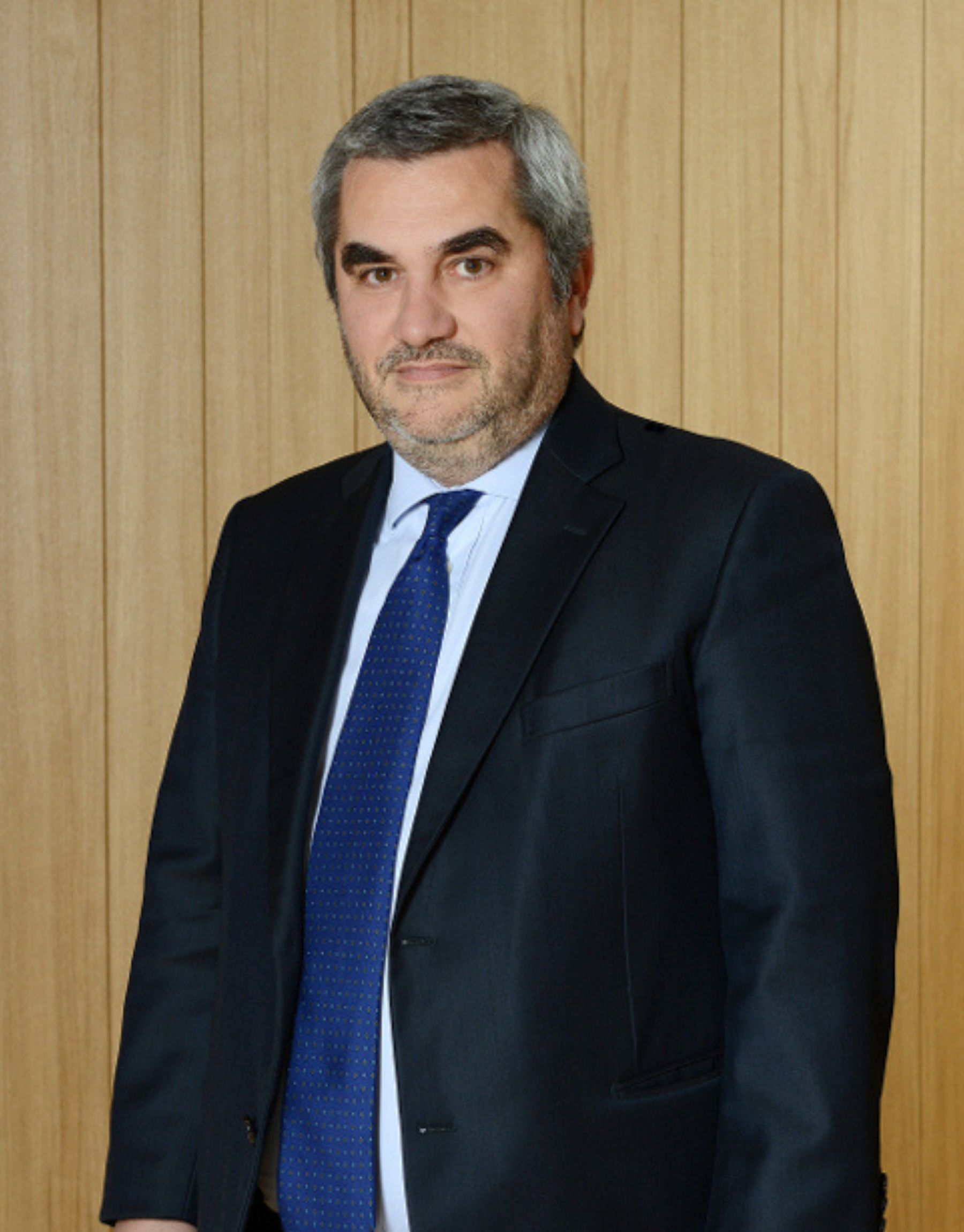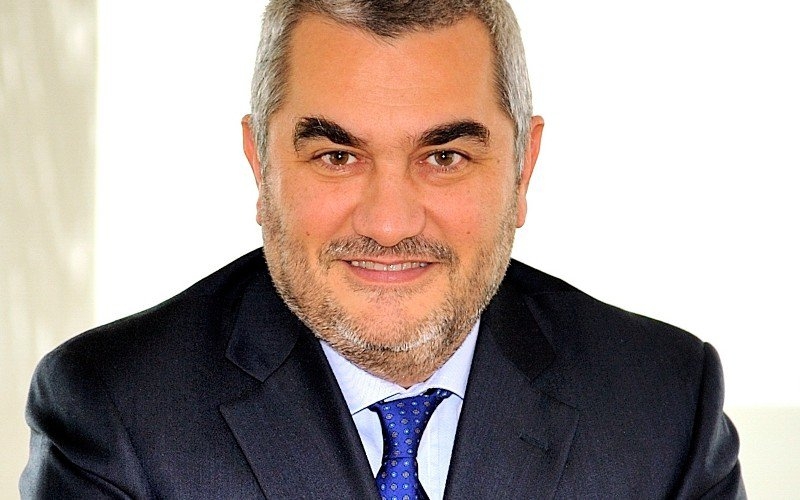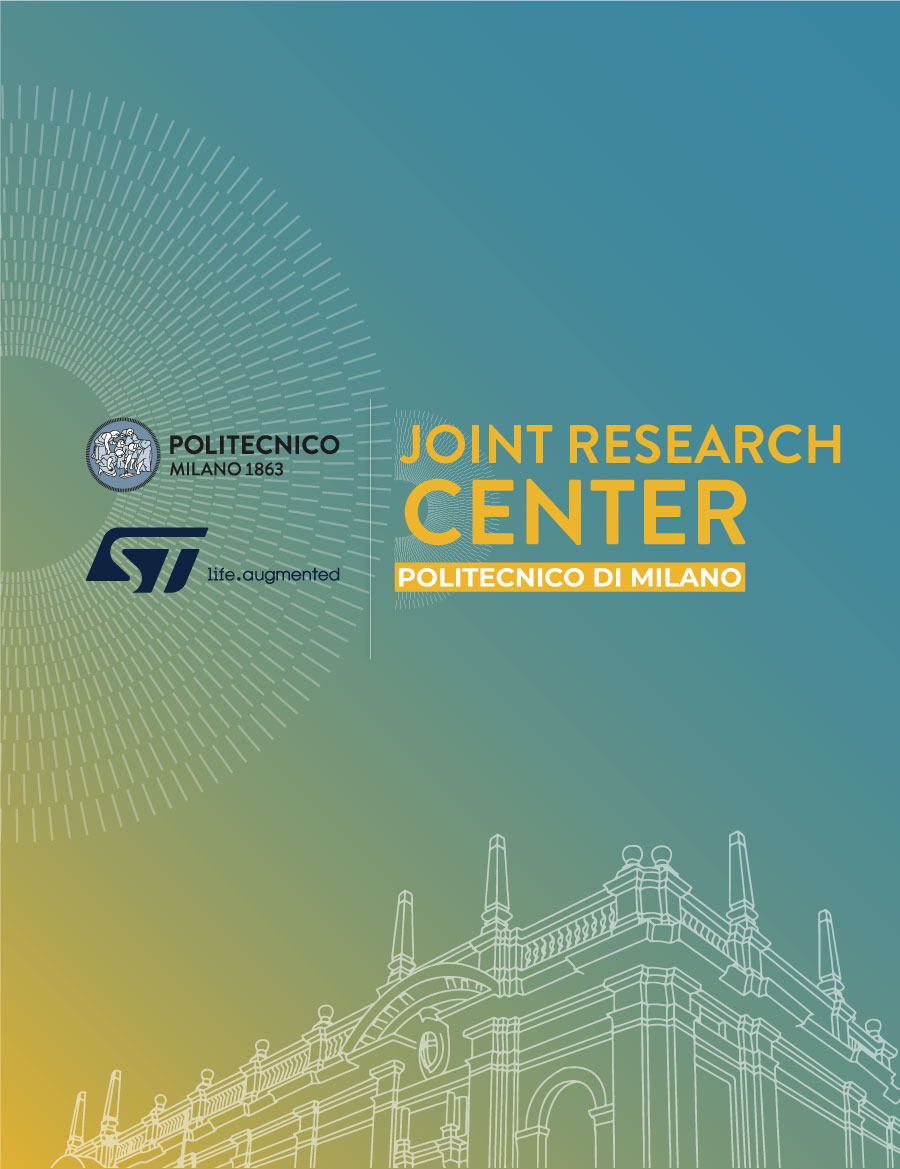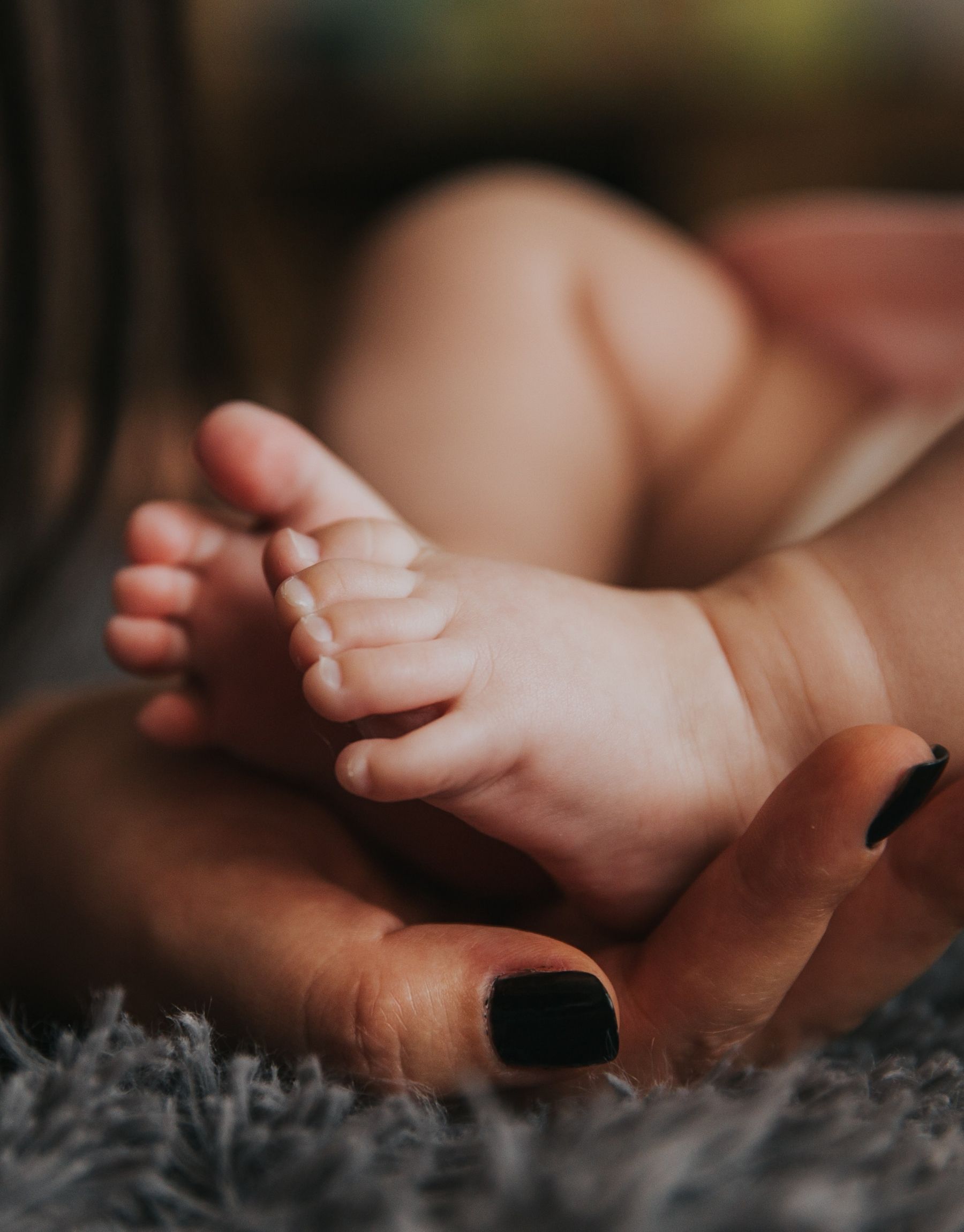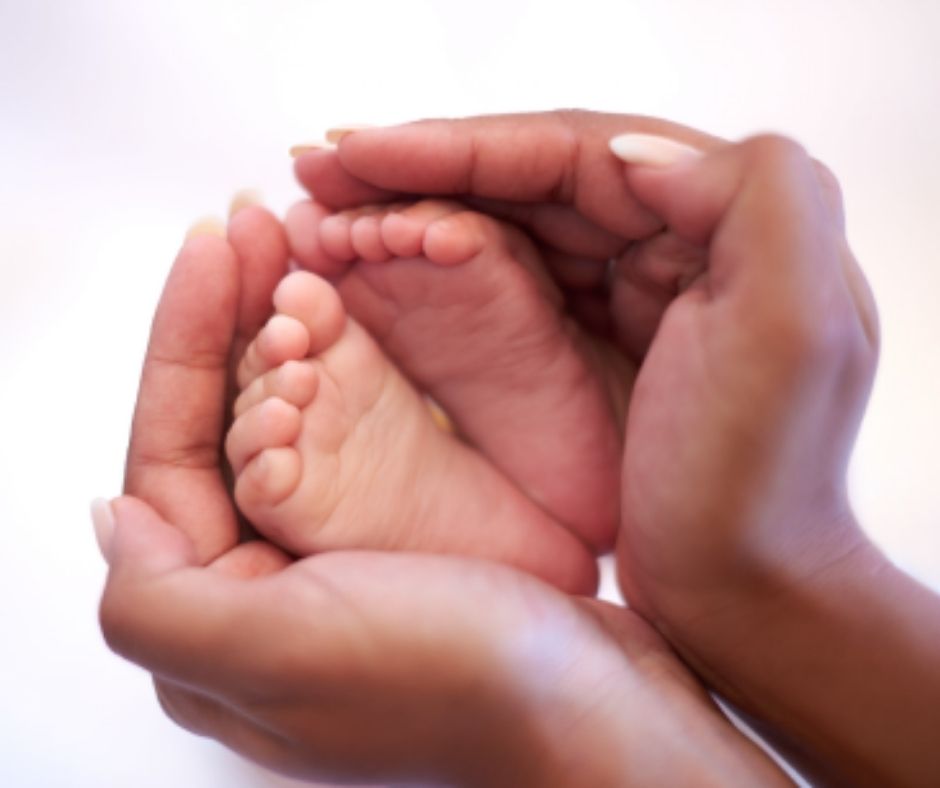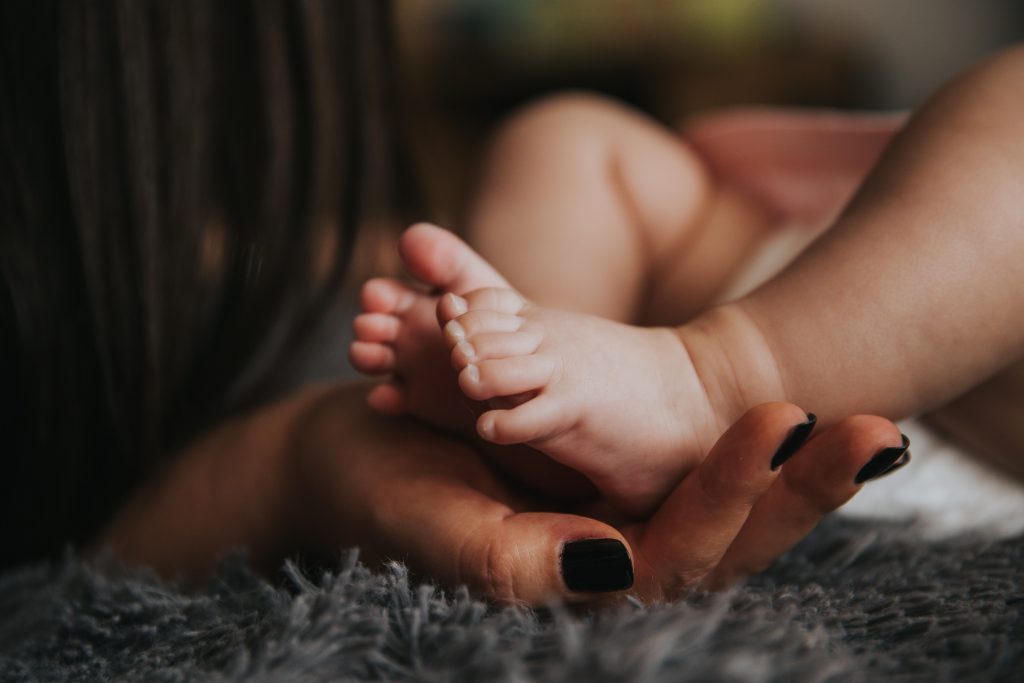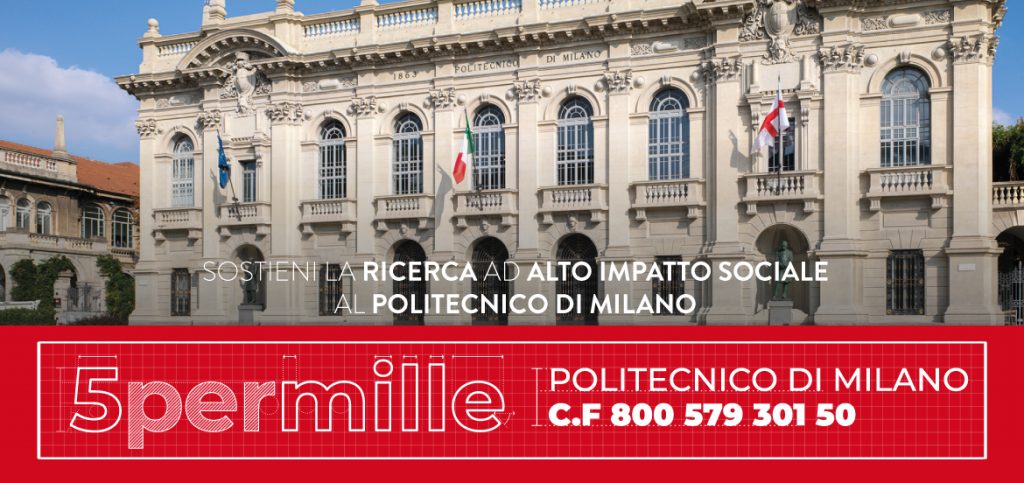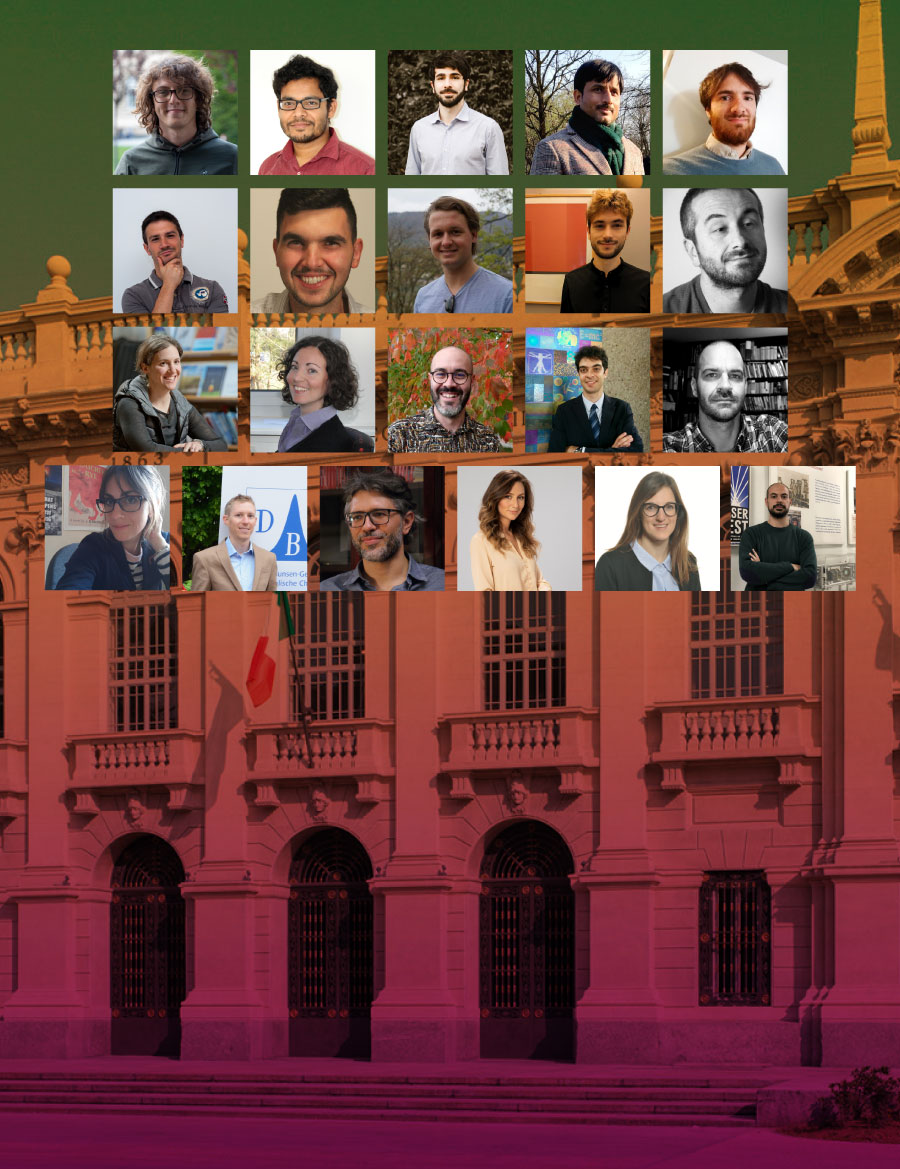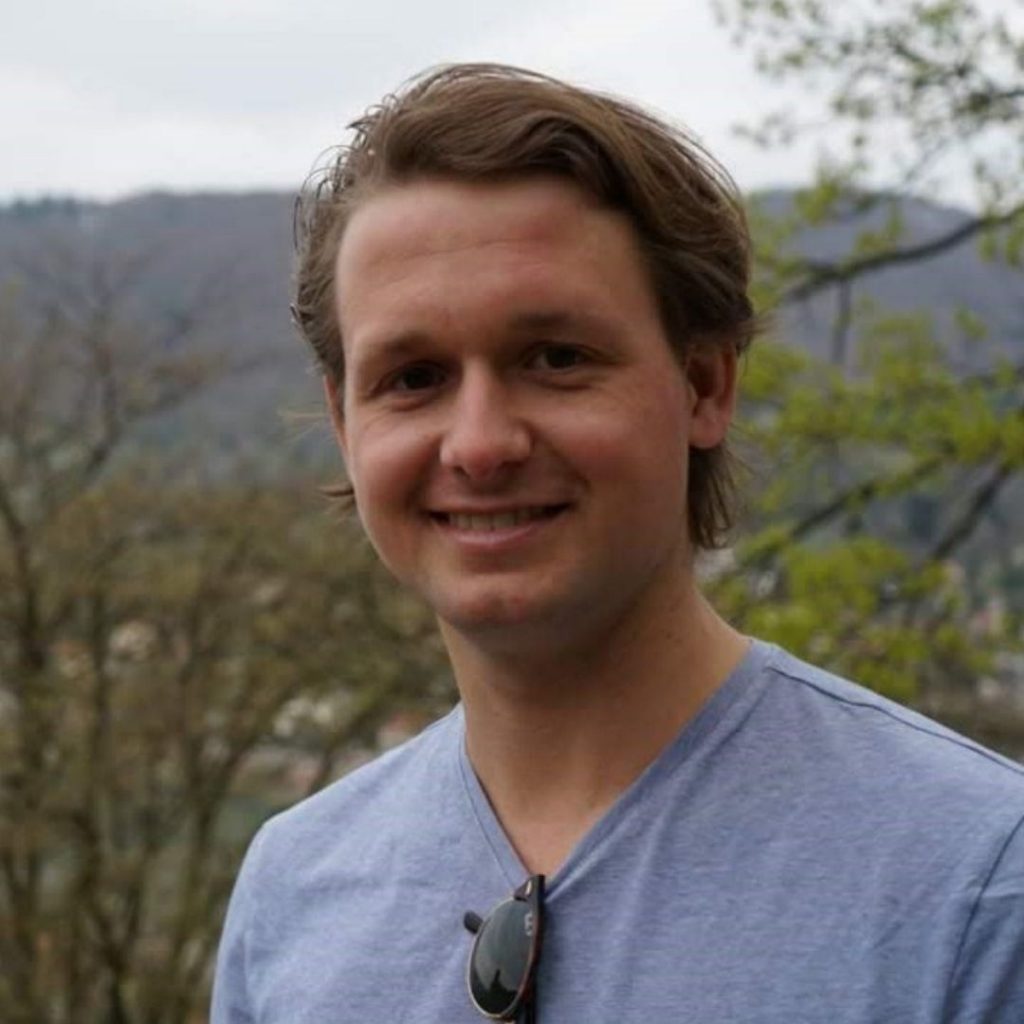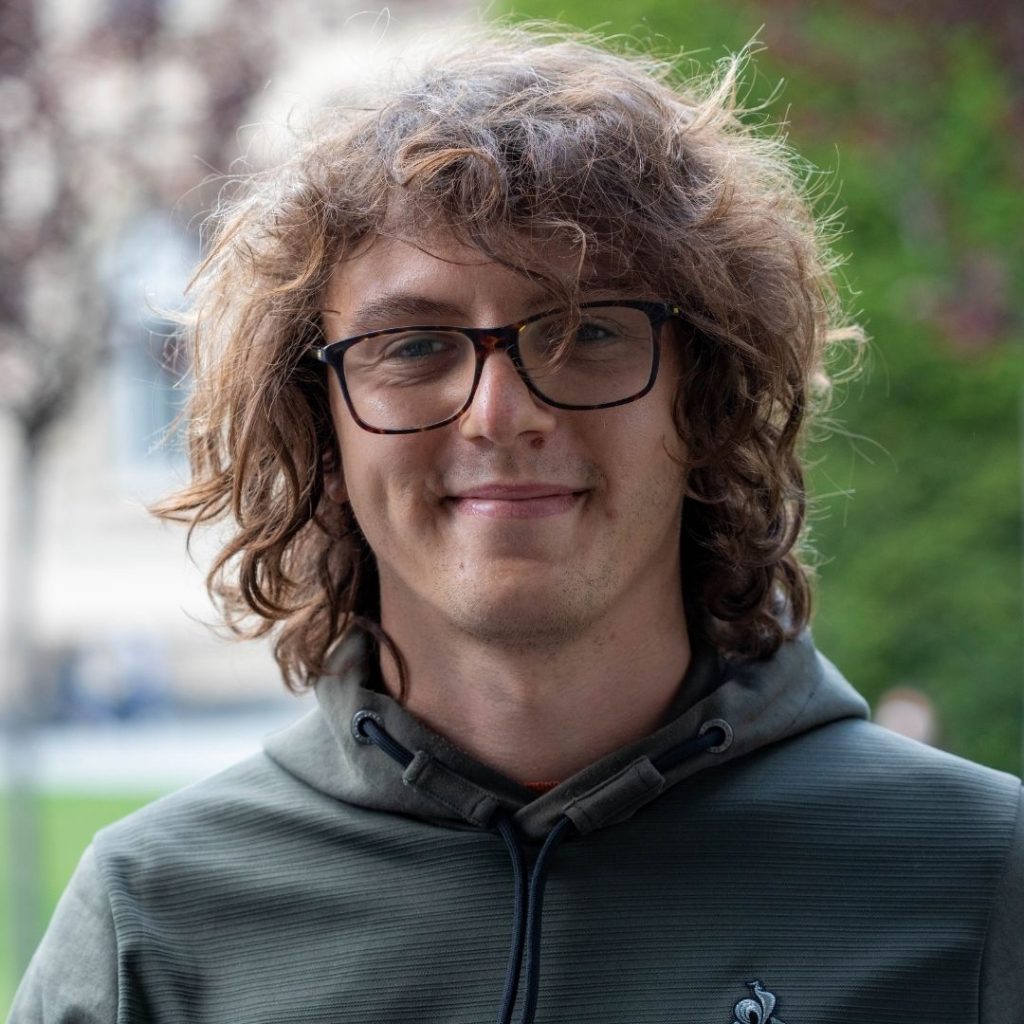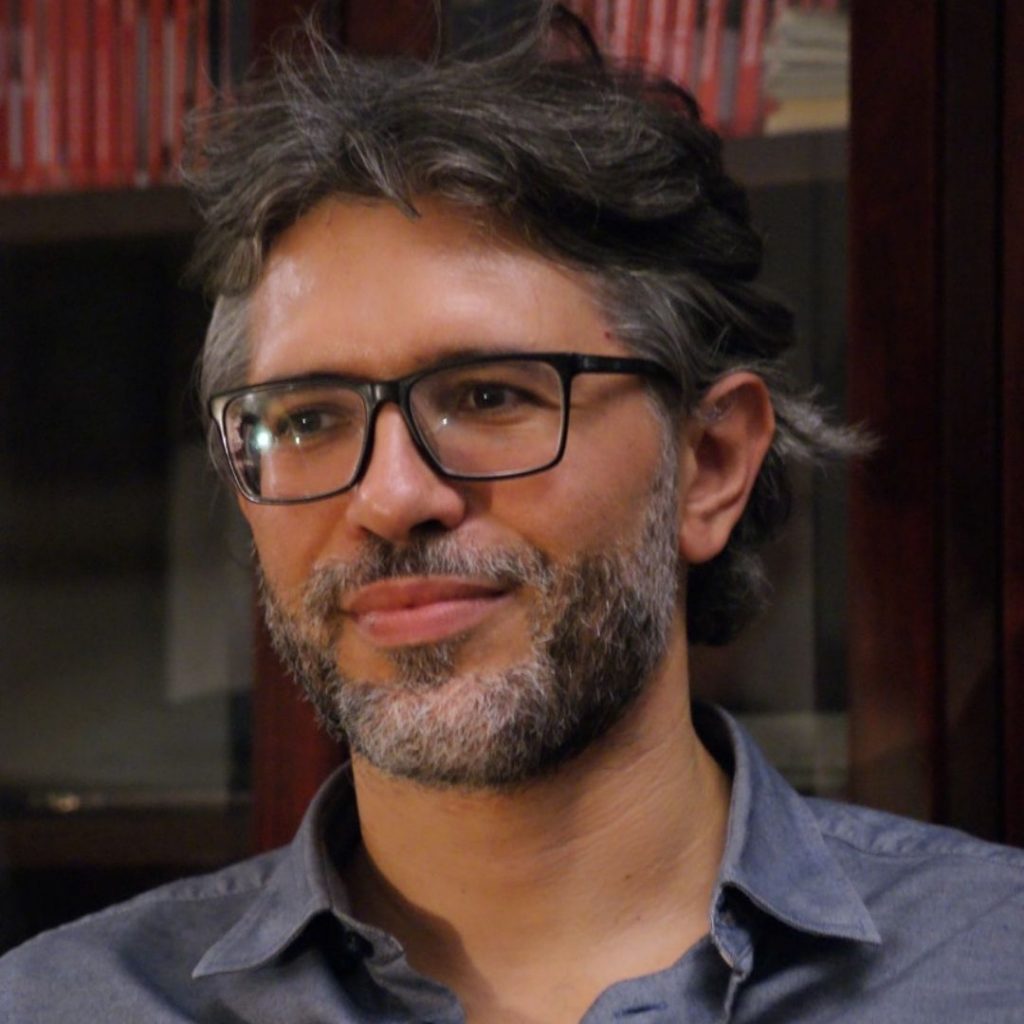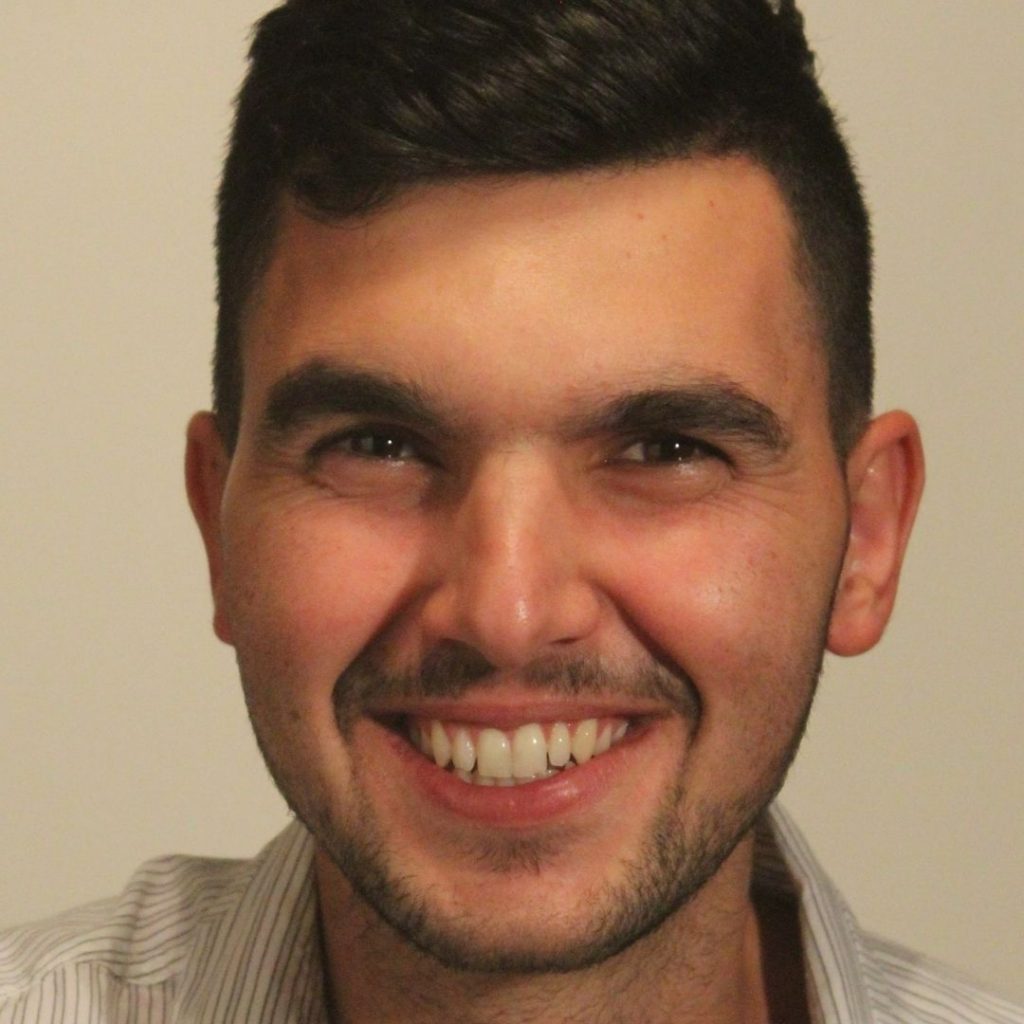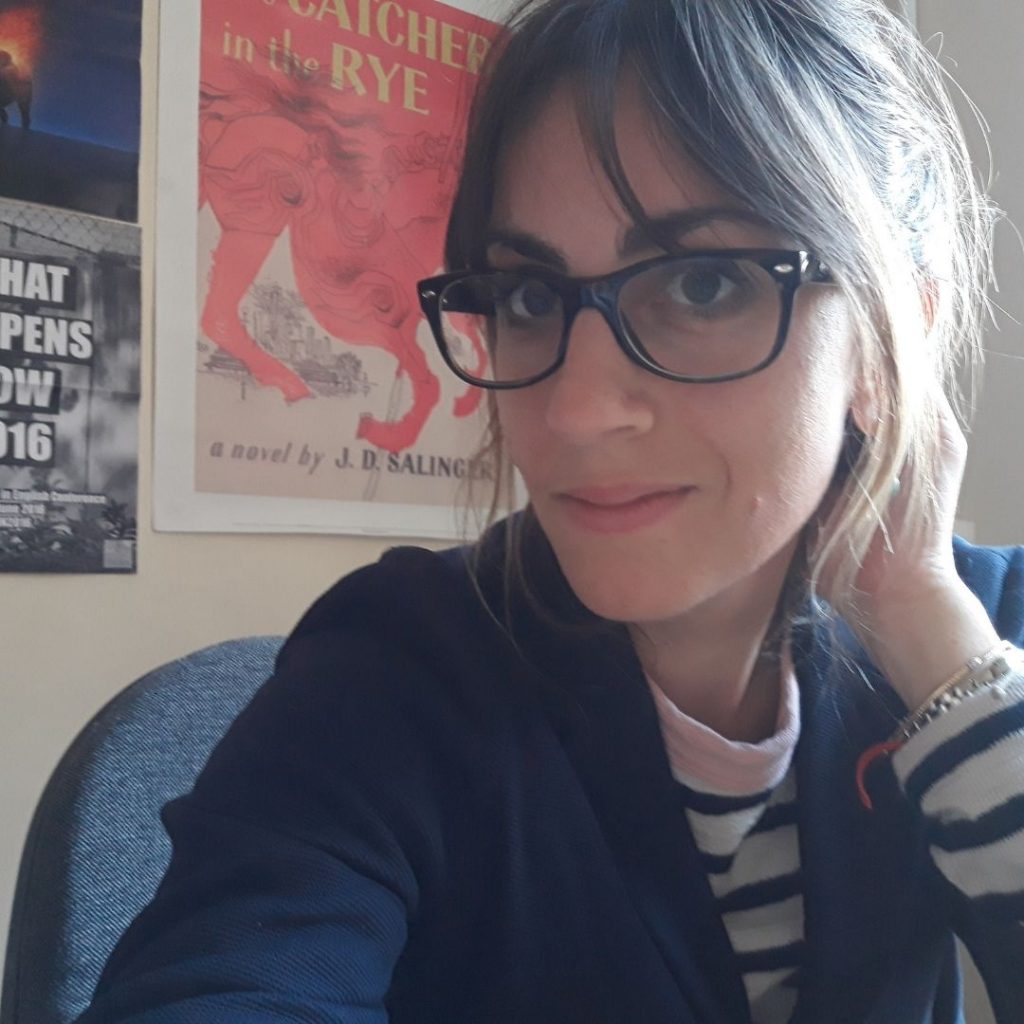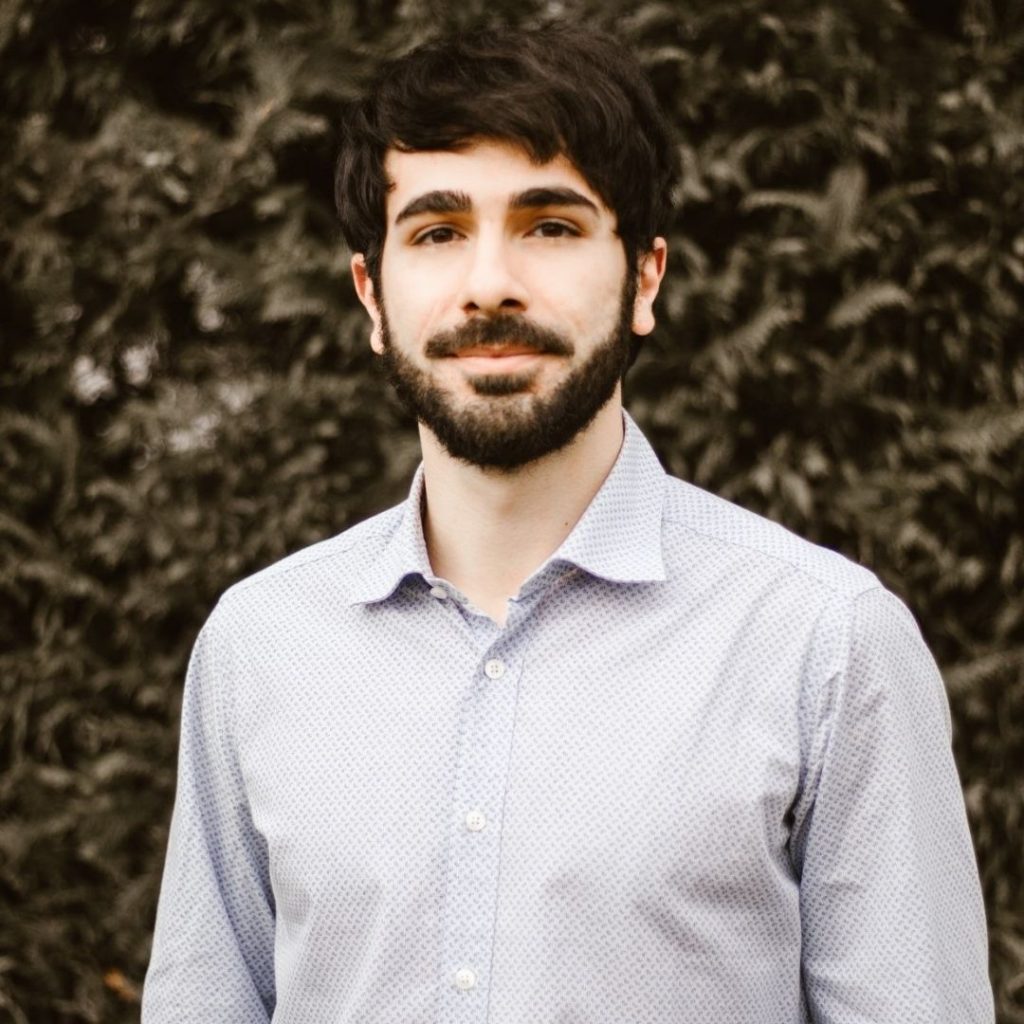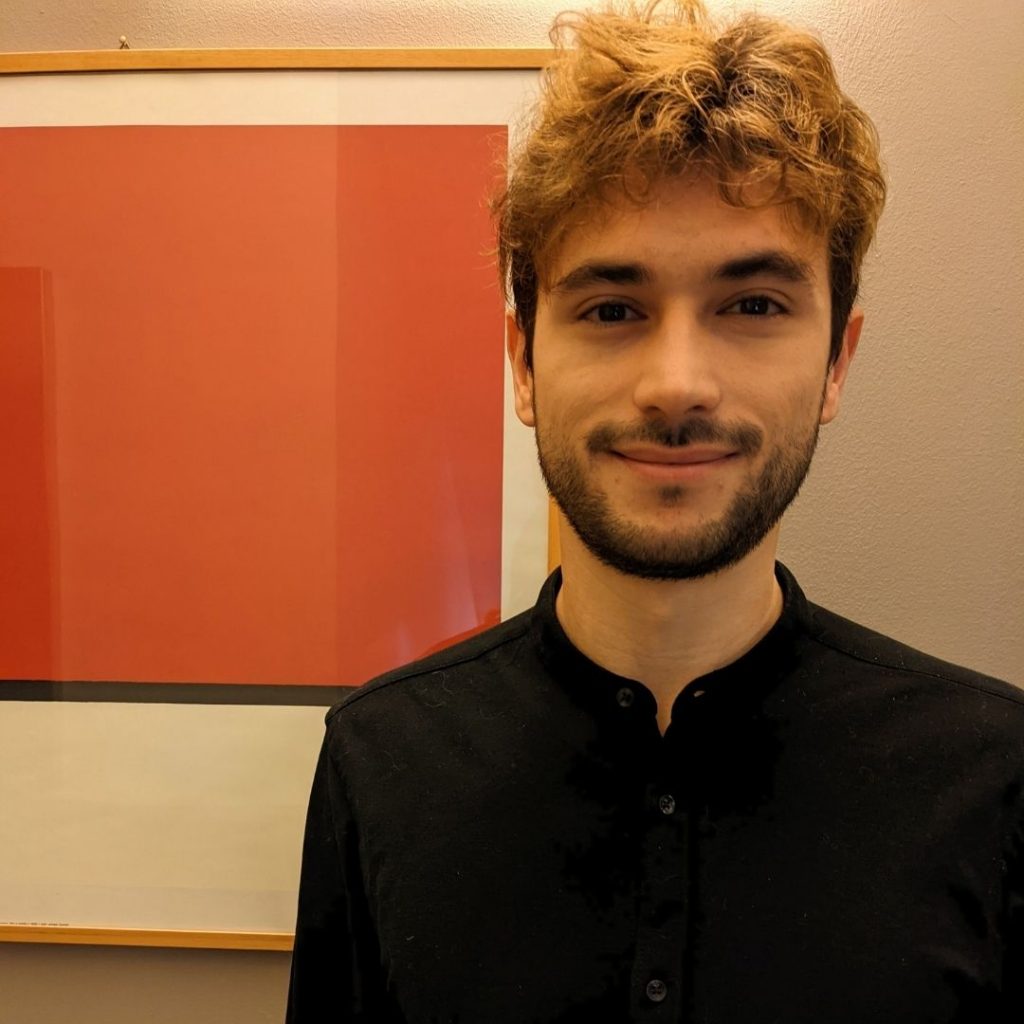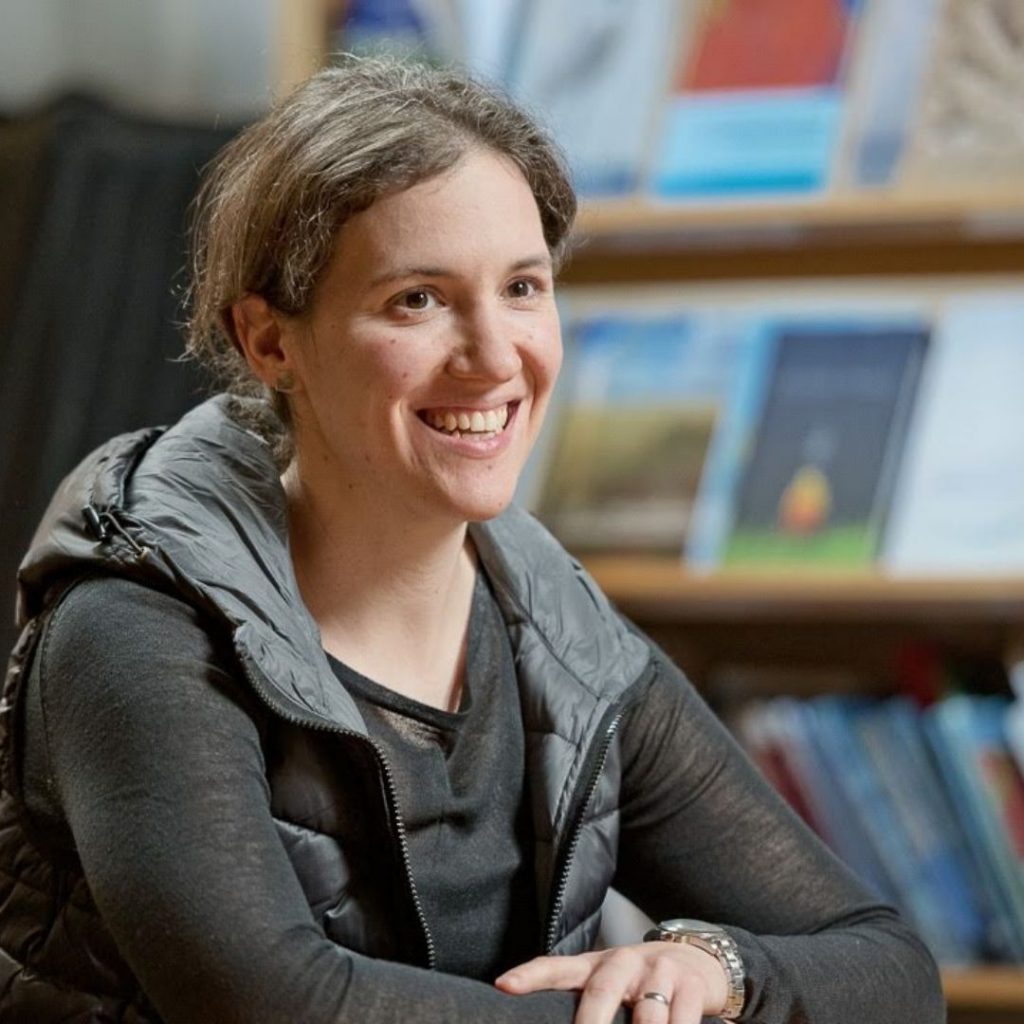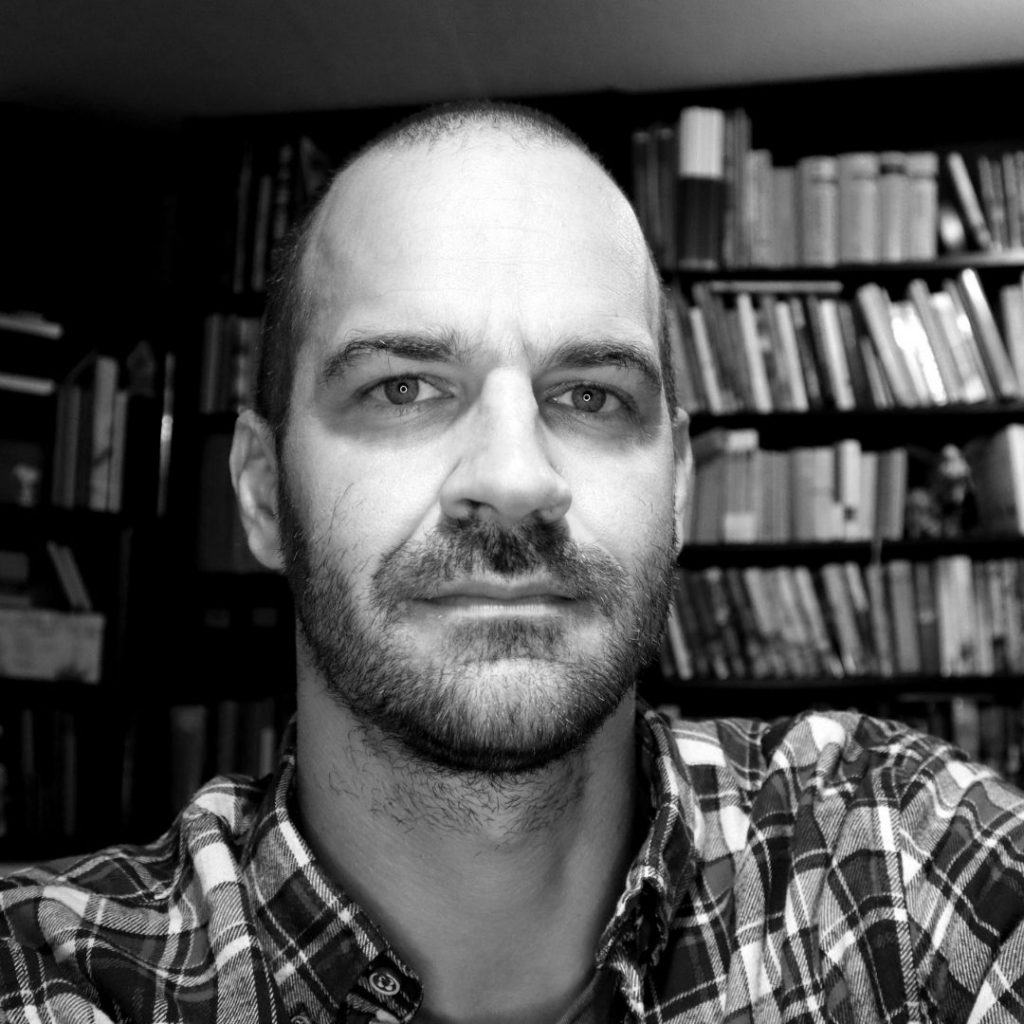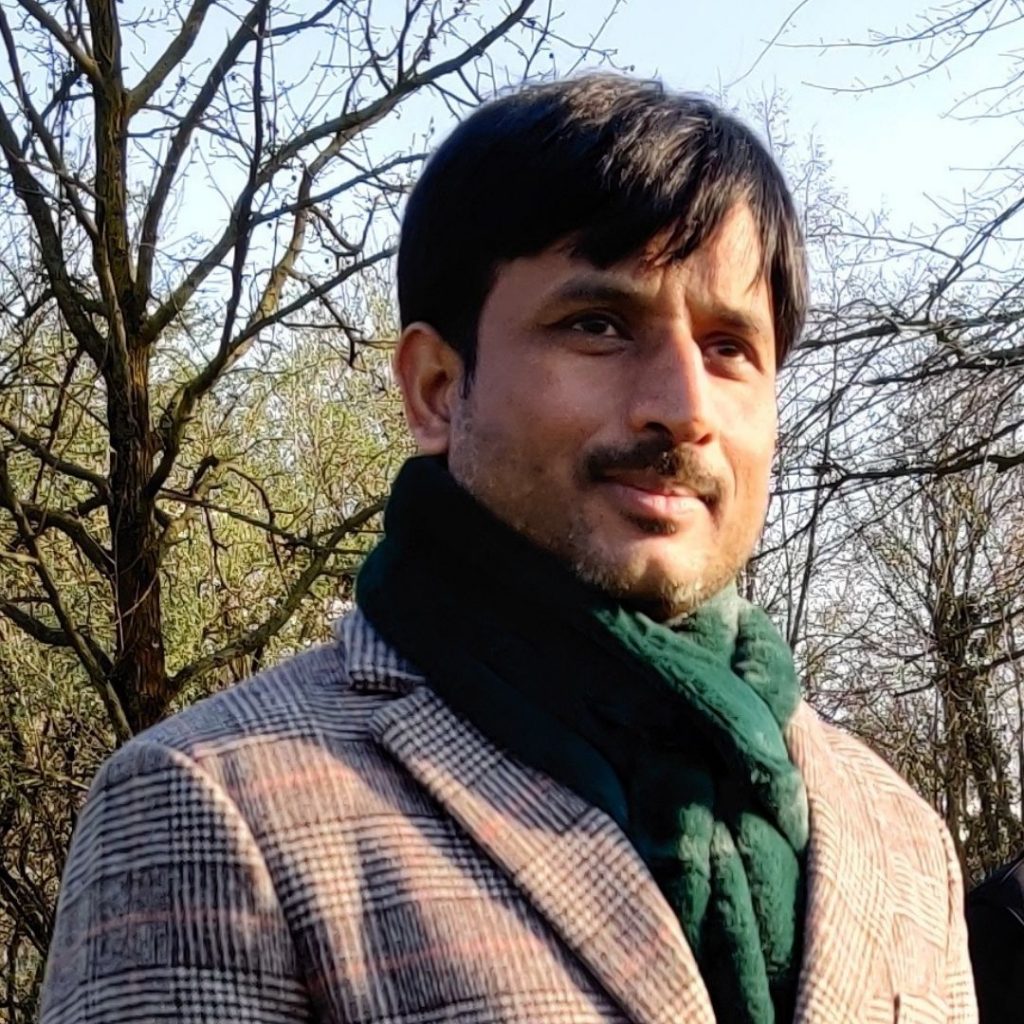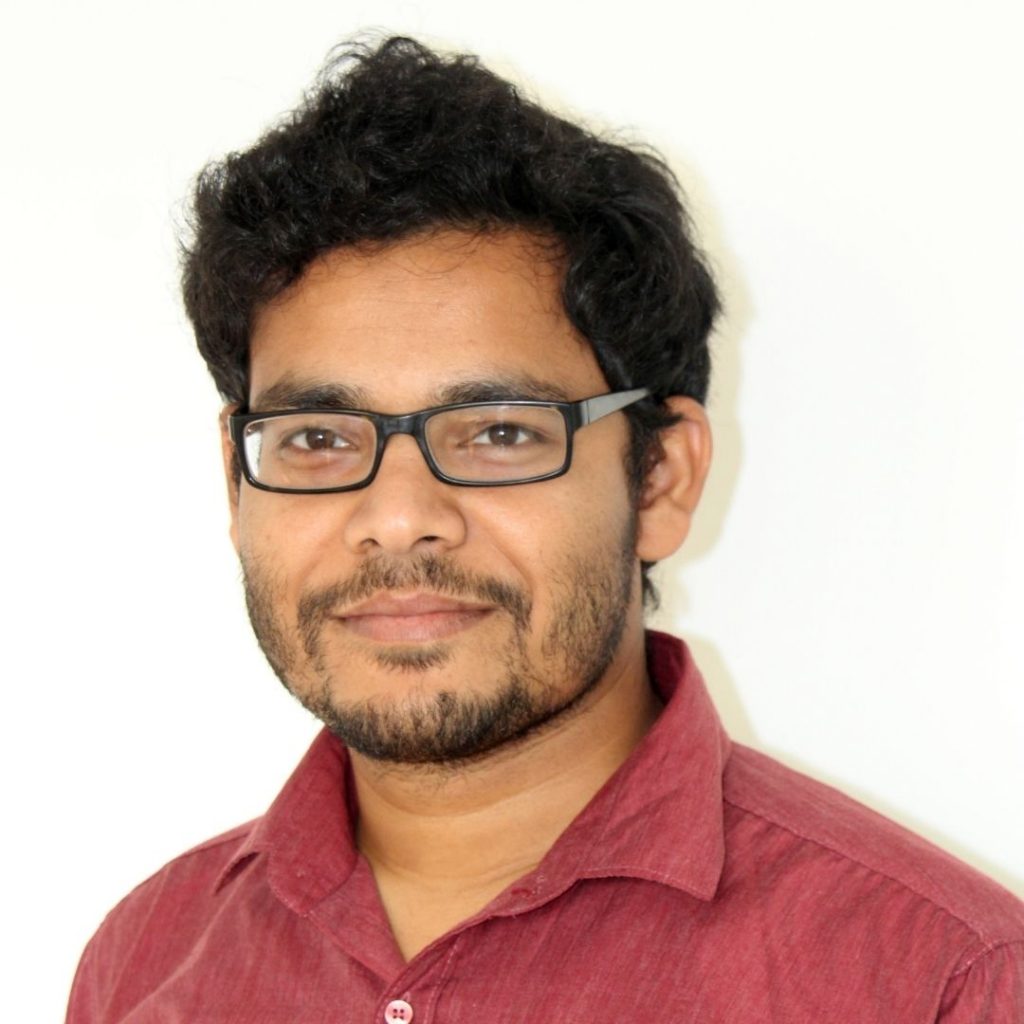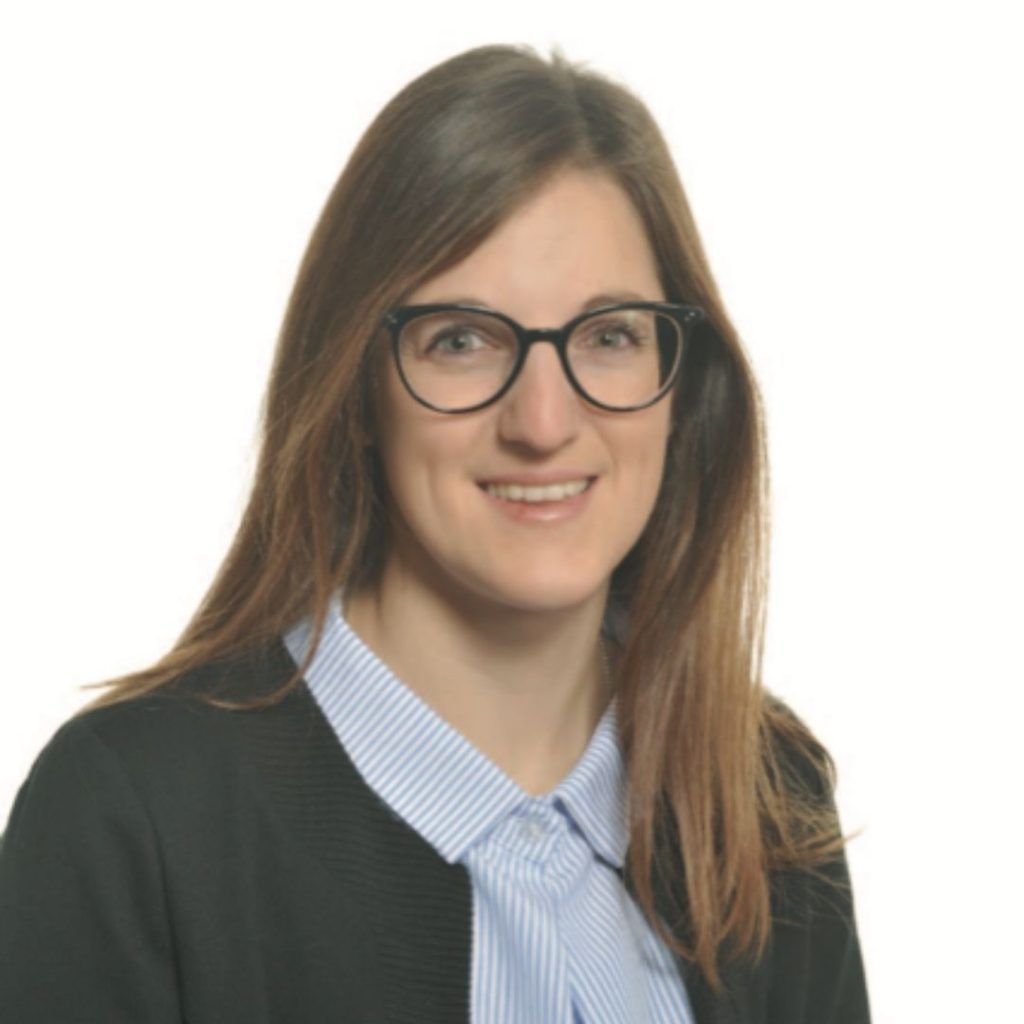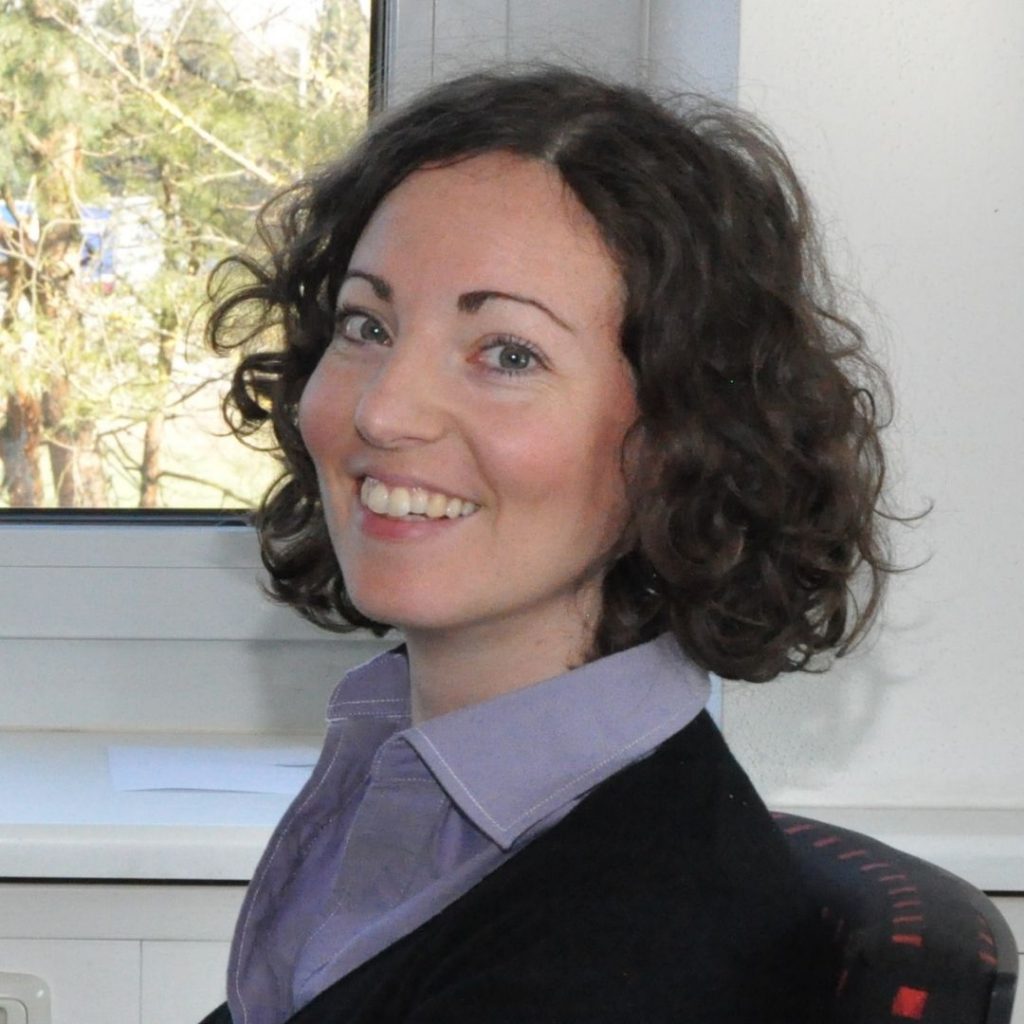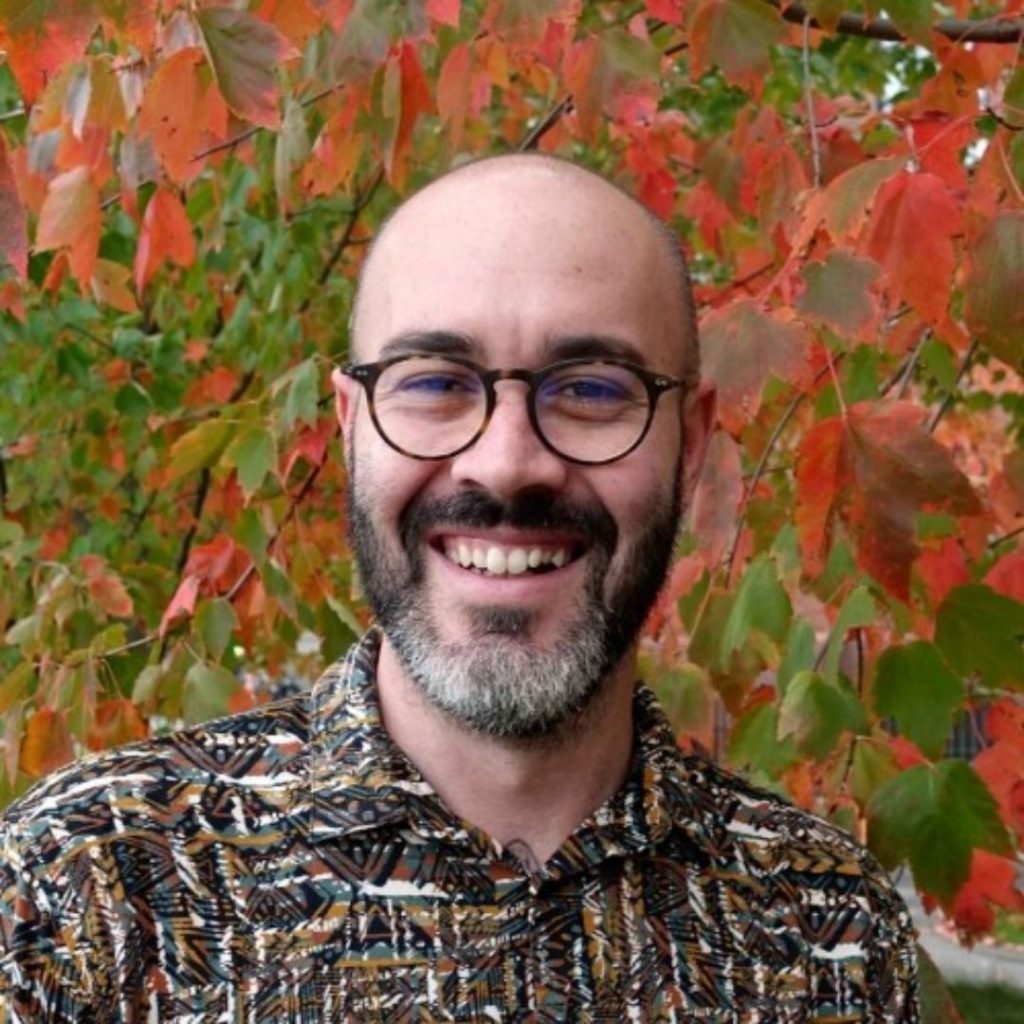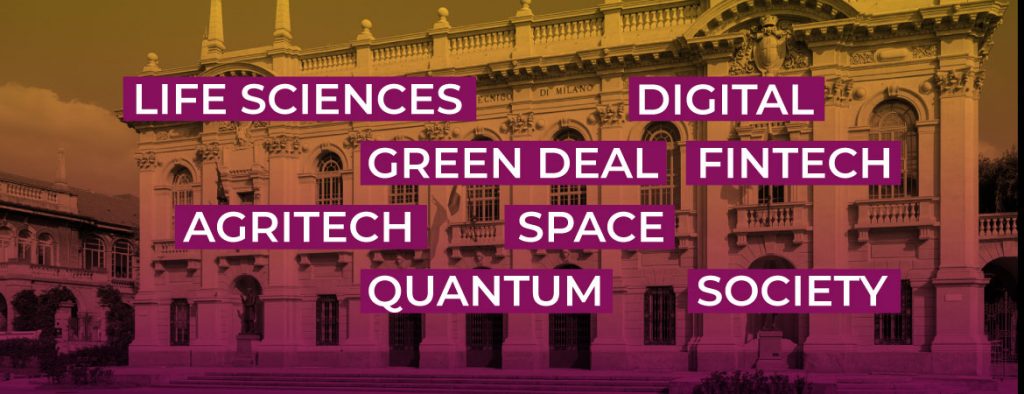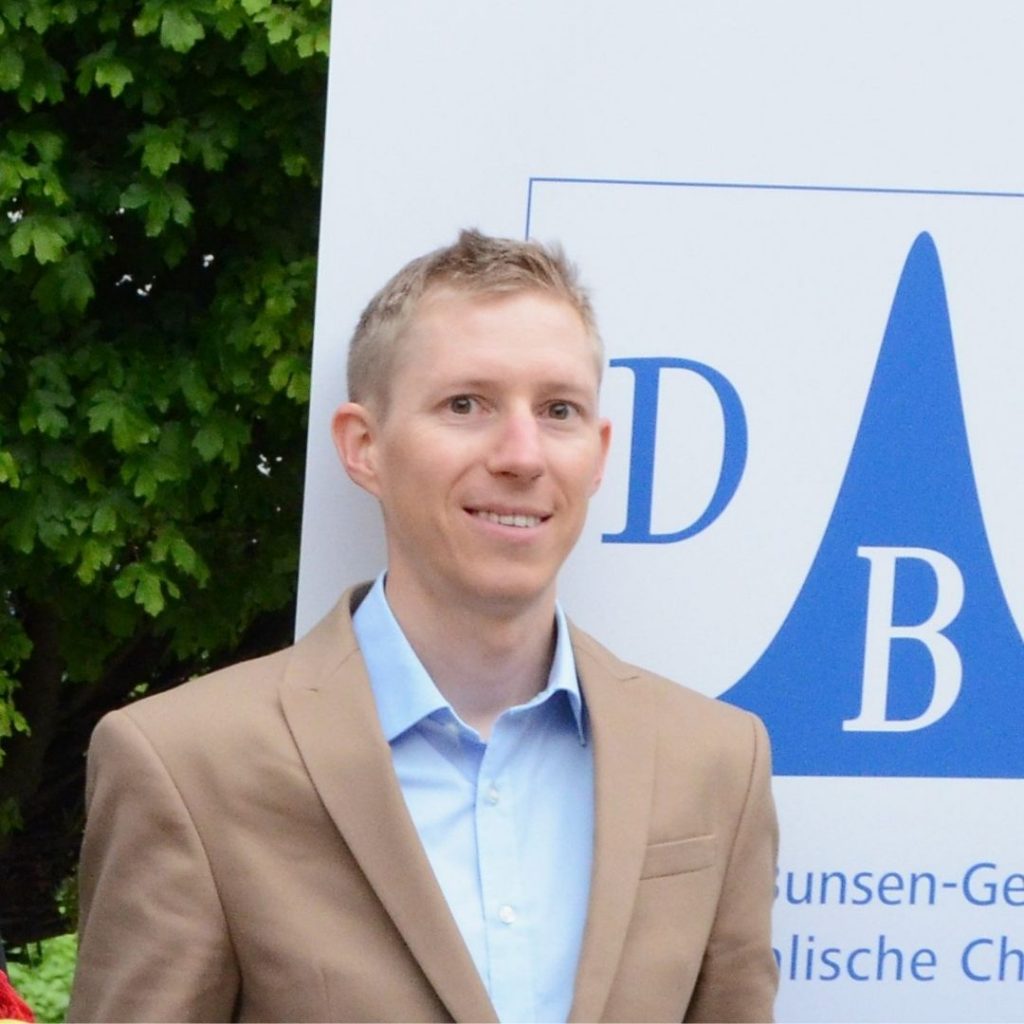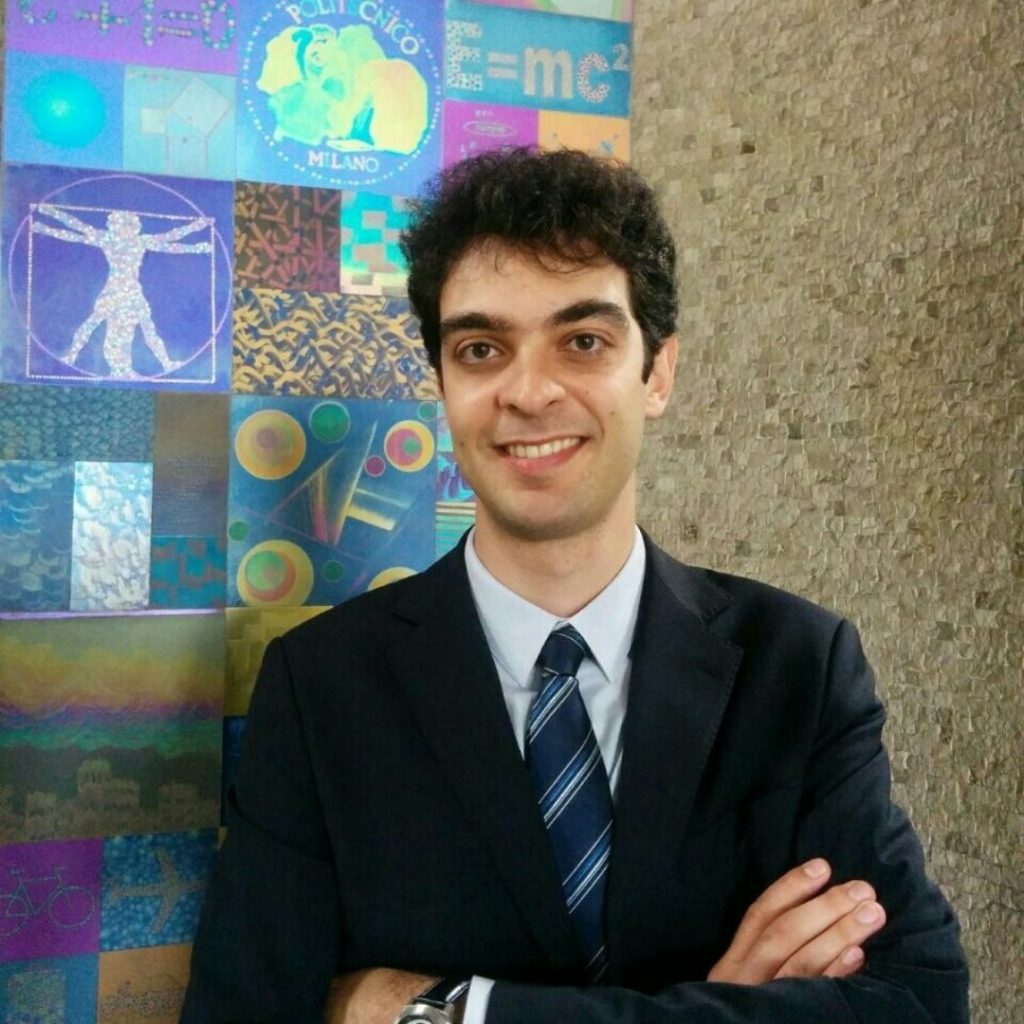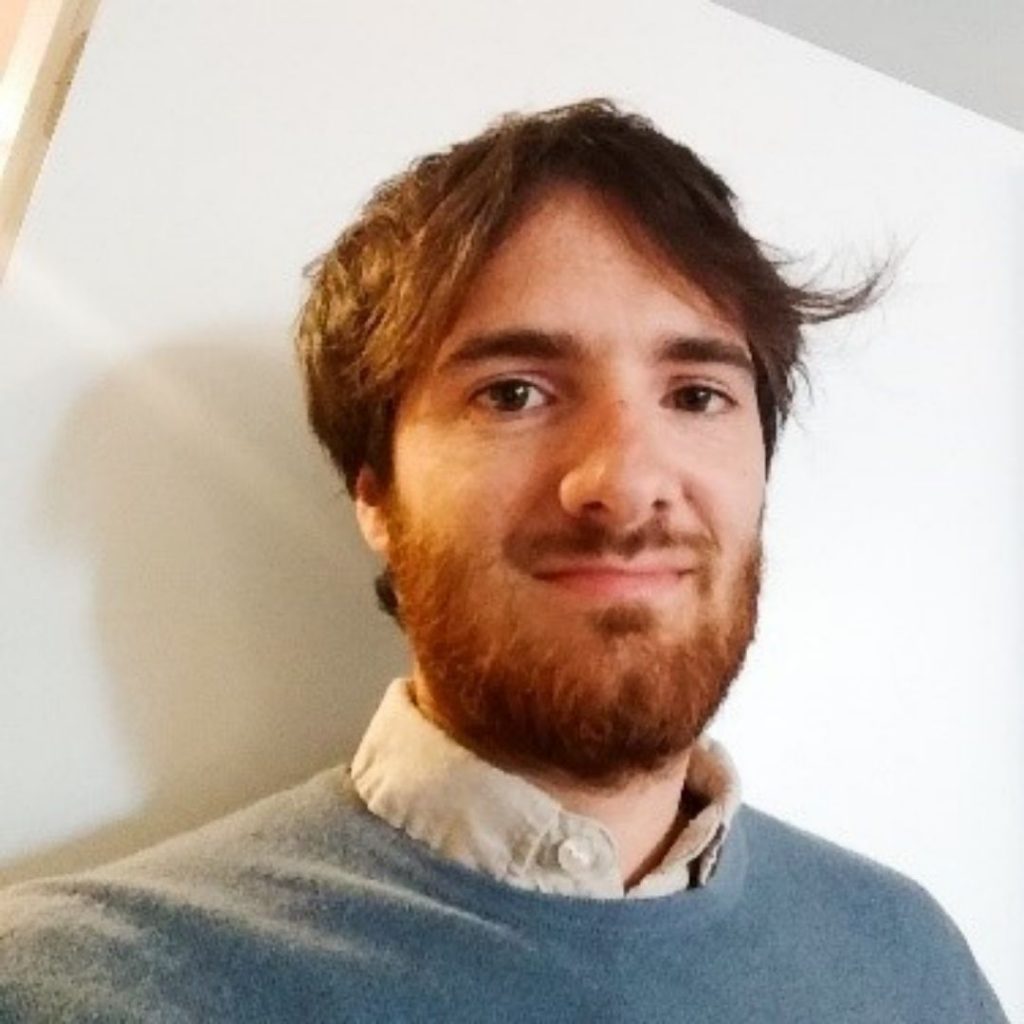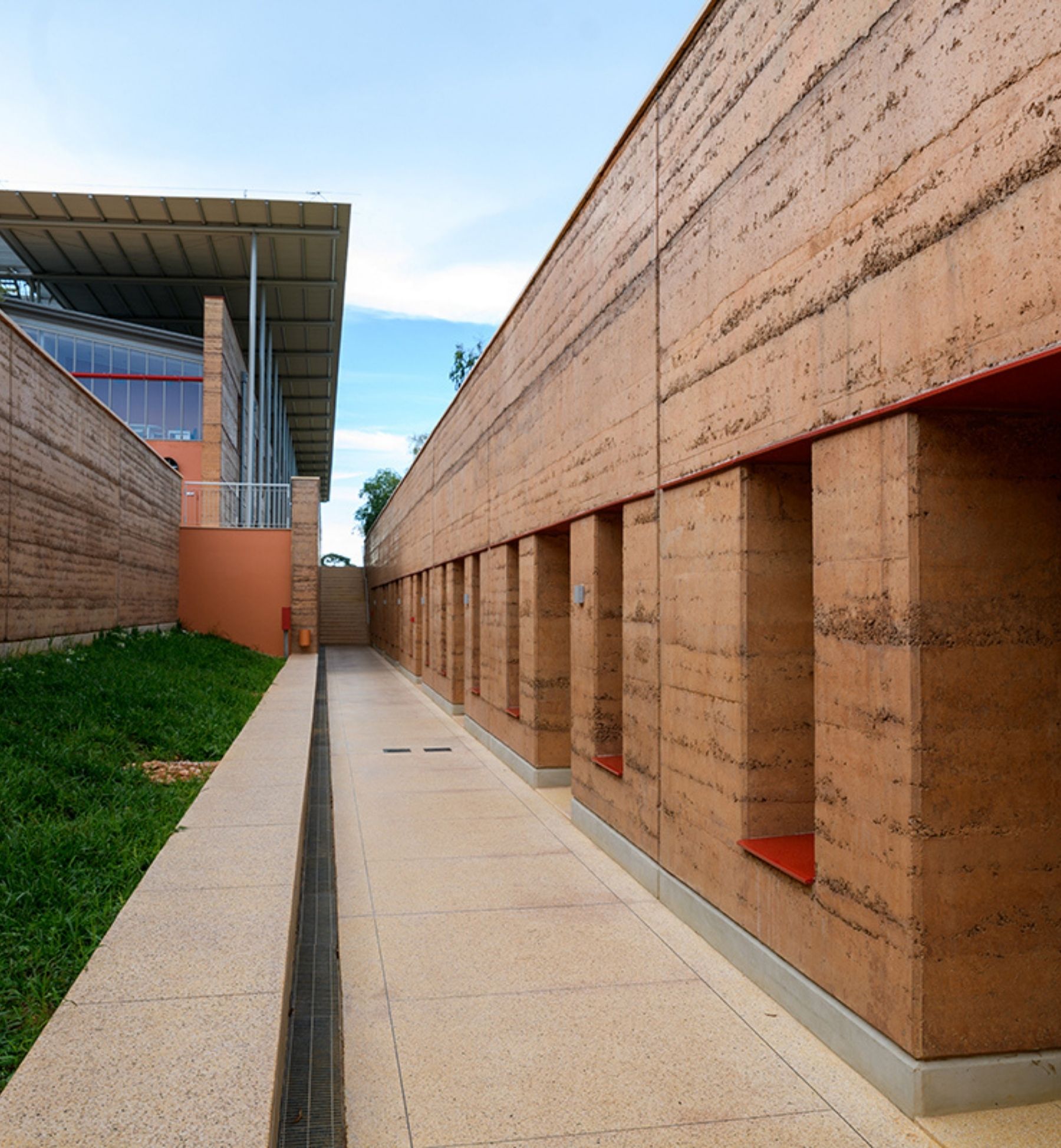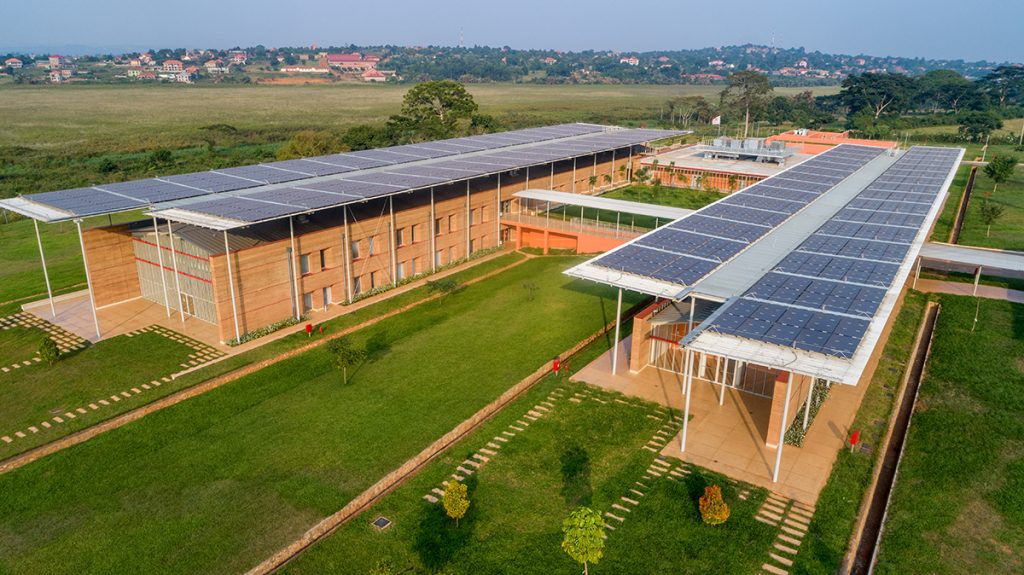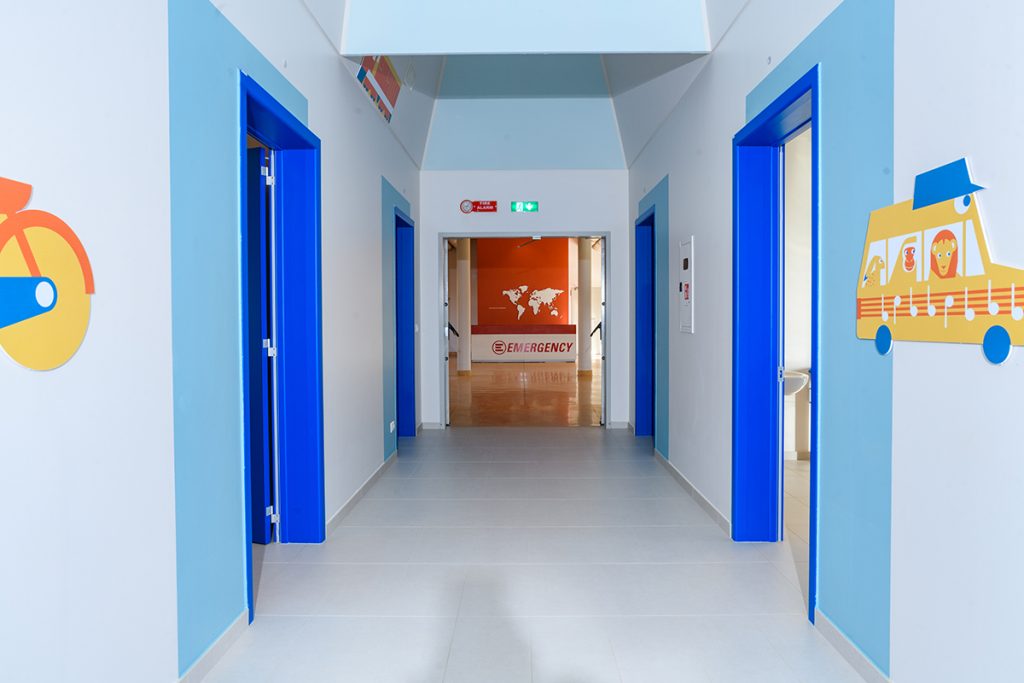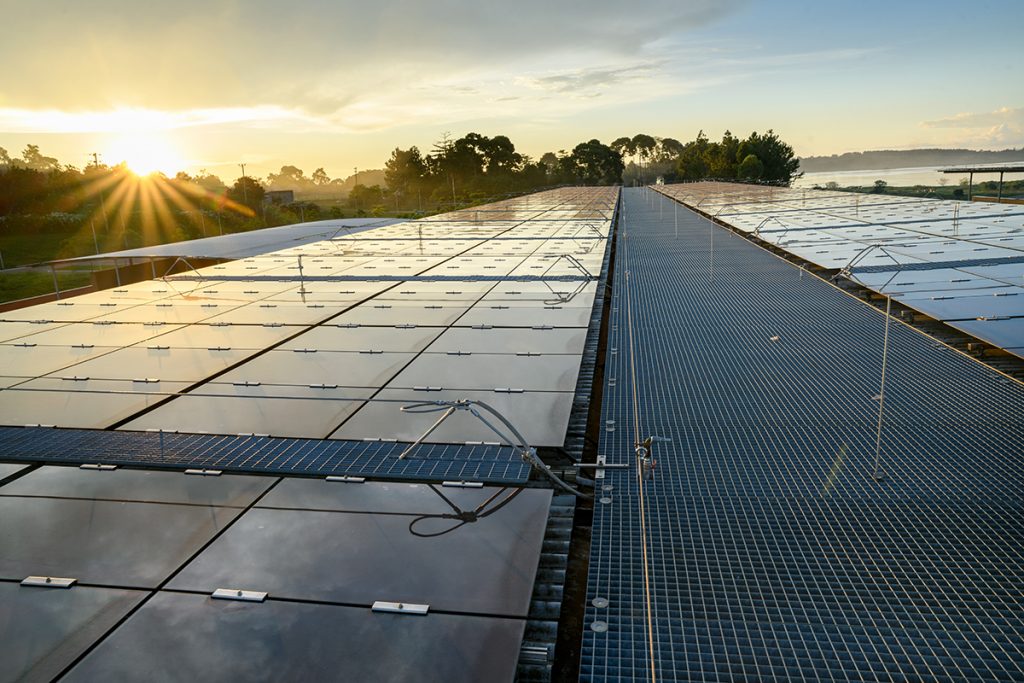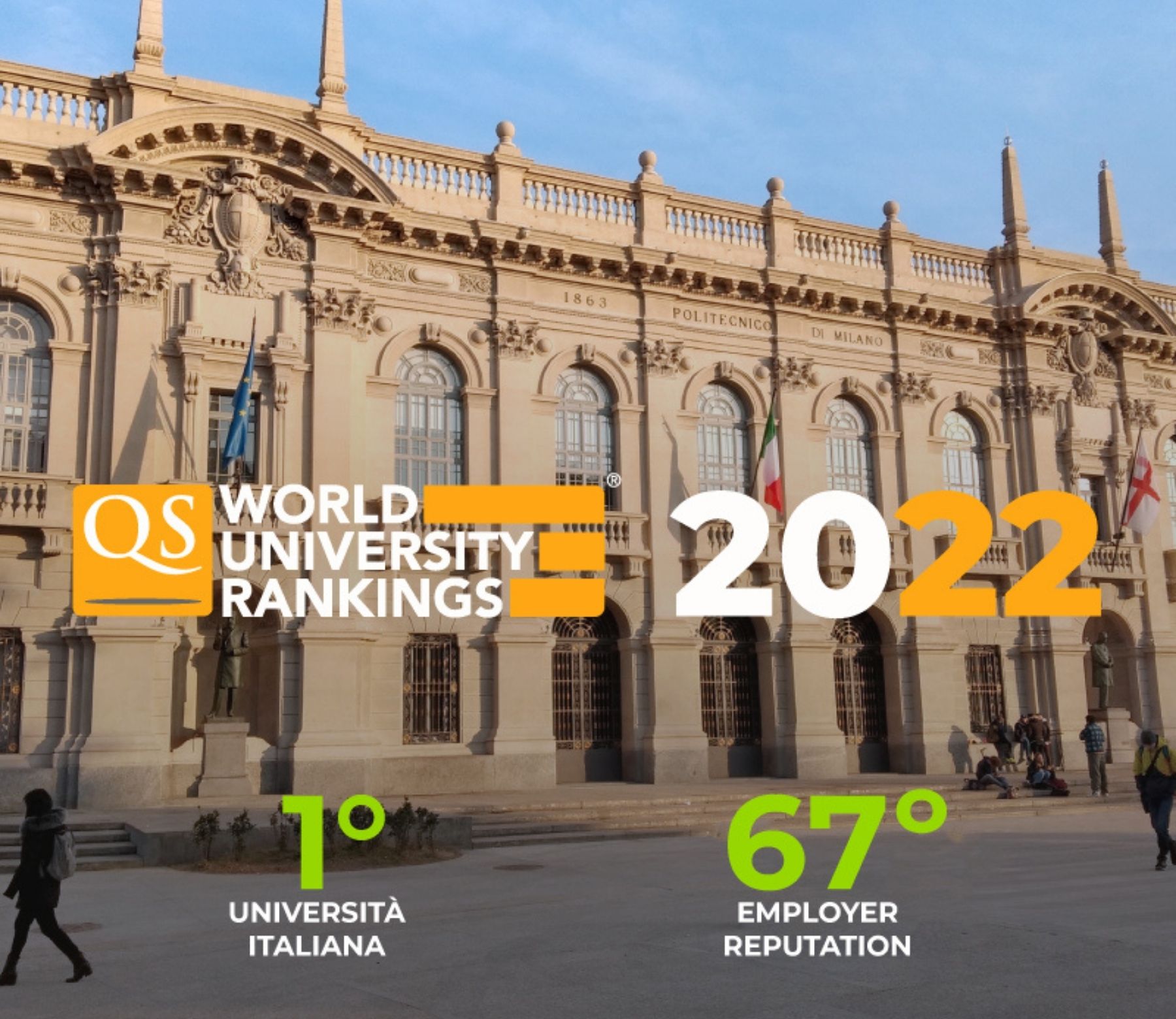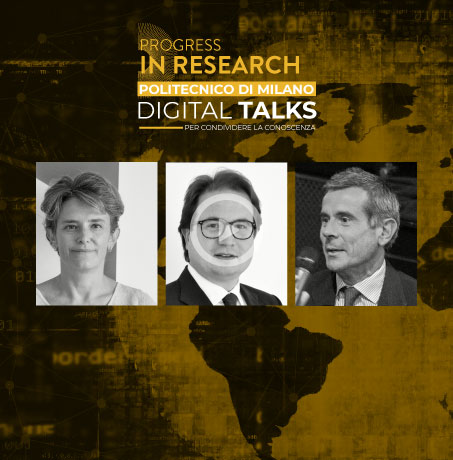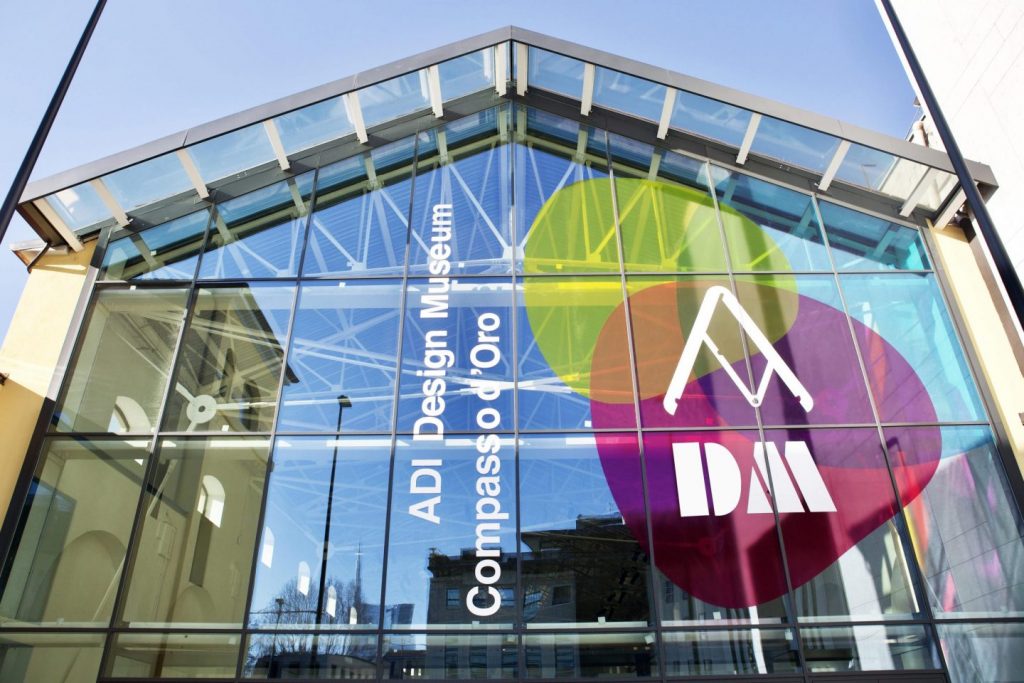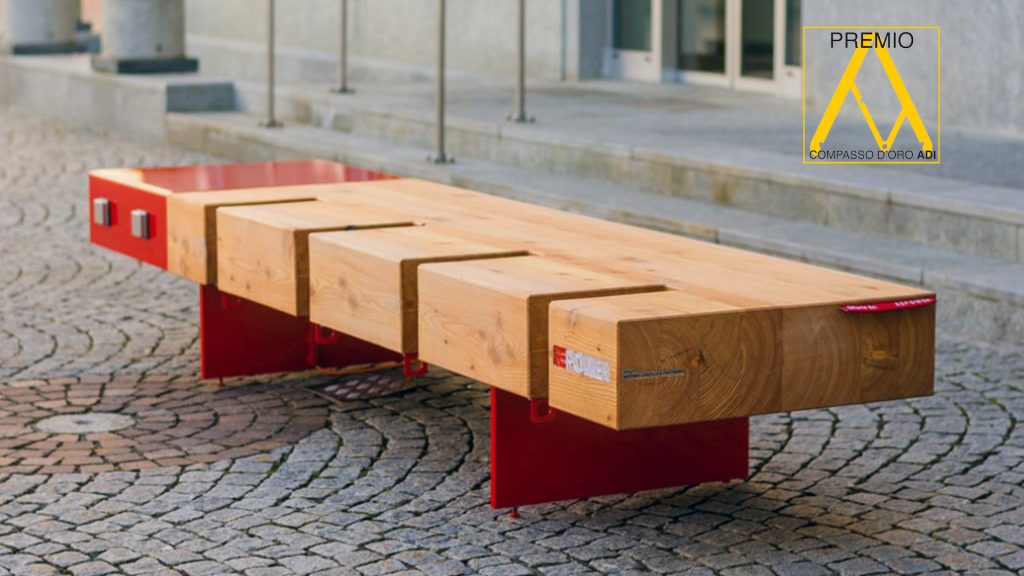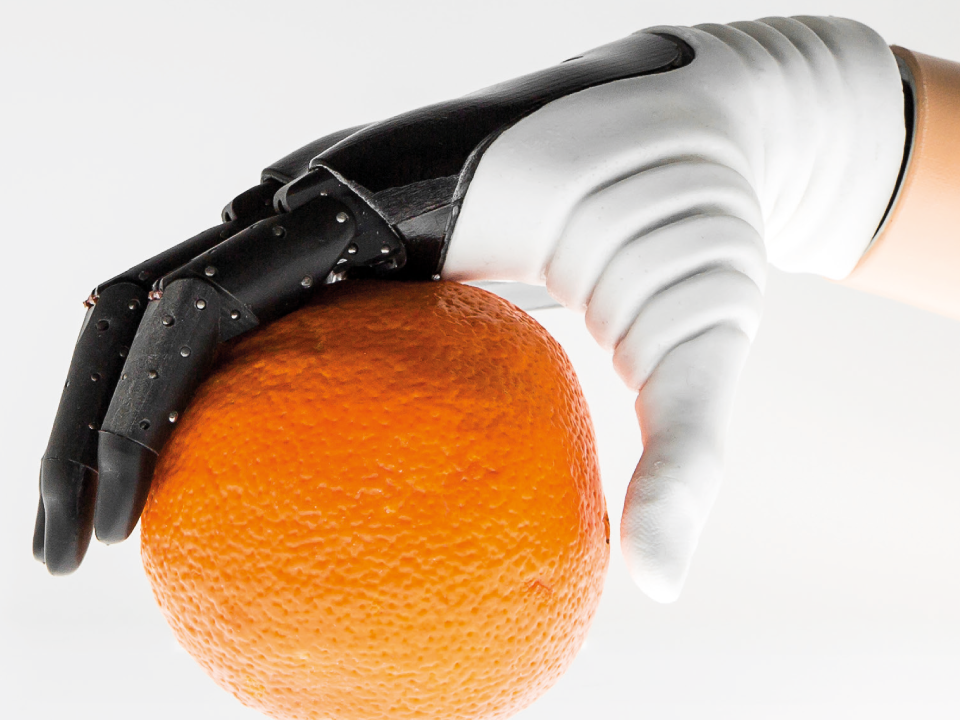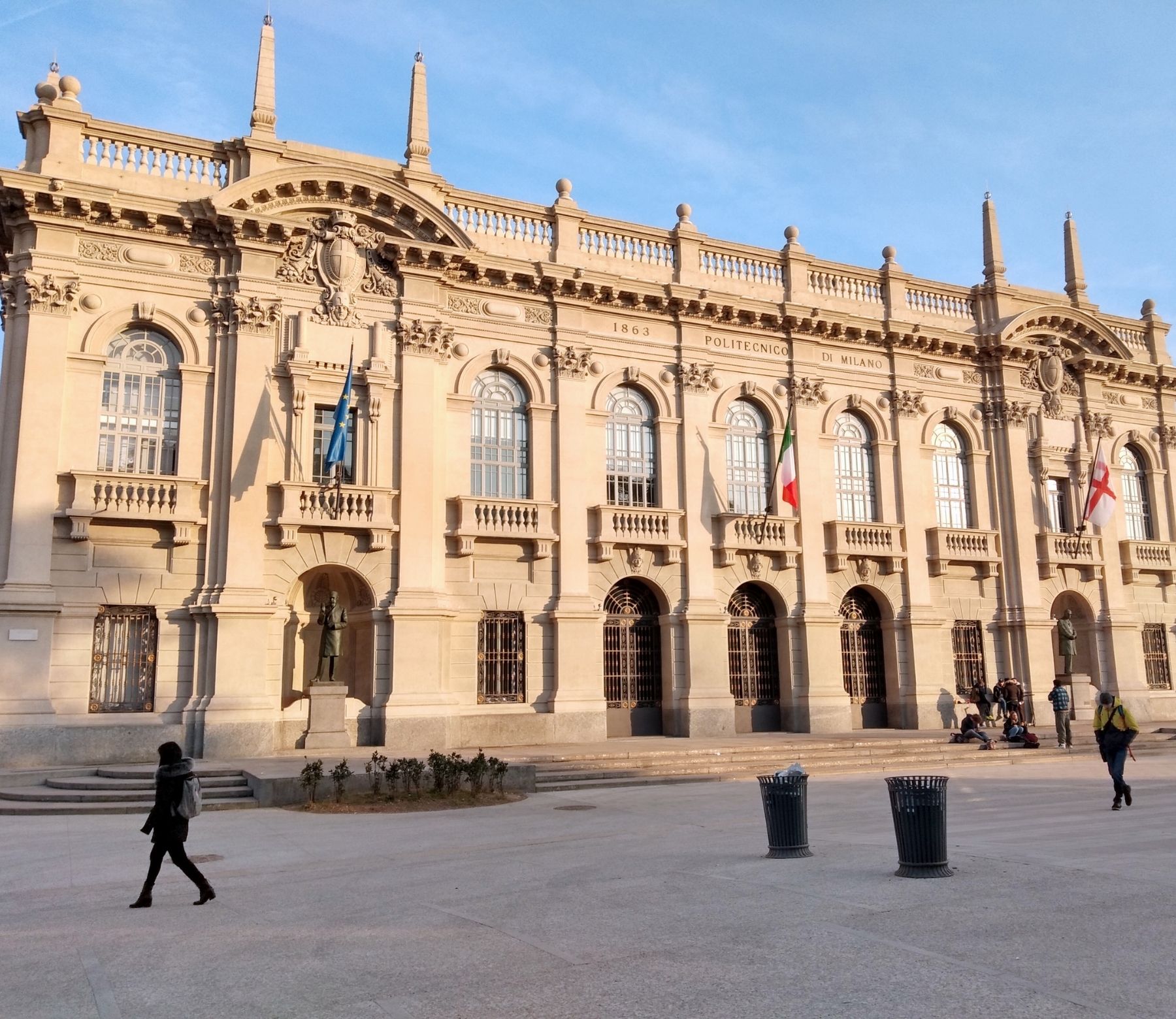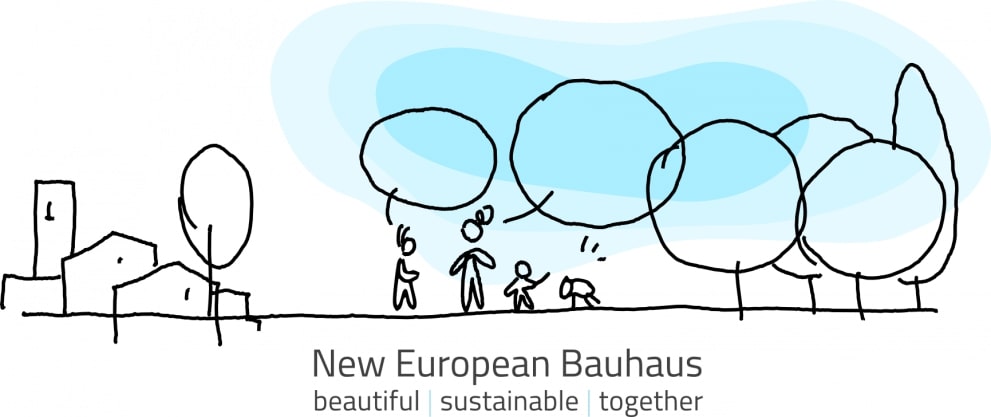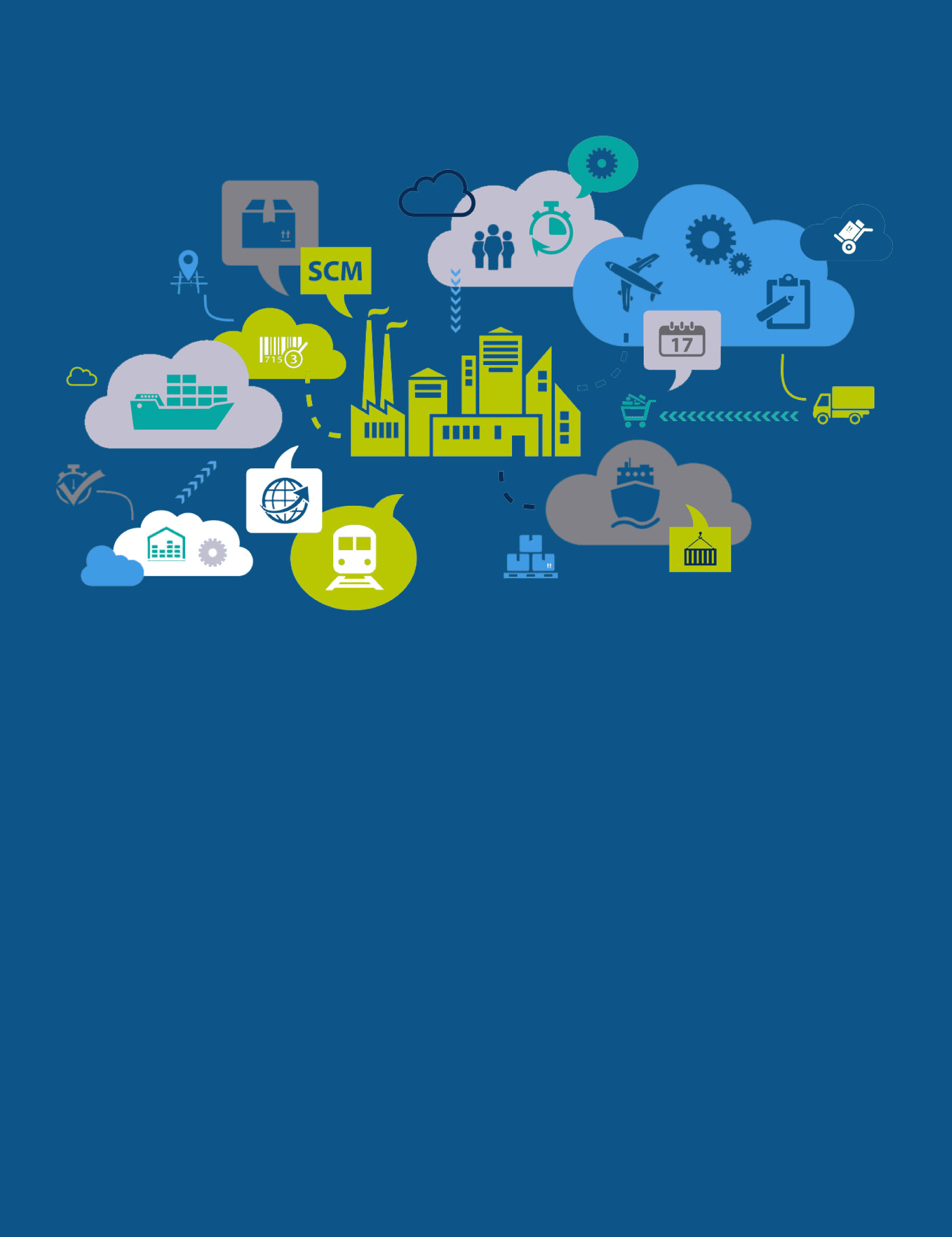Due chiacchere informali con i fondatori per capire cos’è, come è nato, come funziona, ma soprattutto perché da cinque anni continua a crescere con nuove idee e nuovi membri. Parliamo di supply chain, ma parliamo anche di una community di Alumni e Alumnae del nostro Politecnico.
Cristina Rossi-Lamastra, Delegata del Direttore del Dipartimento di Ingegneria Gestionale del Politecnico di Milano per le Relazioni con Alumni e Alumnae intervista Luca Saporetti and Luigi Binelli, fondatori del Club Alumni “Supply Chain Management & Logistics”
Cristina: Iniziamo allora! Da chi è composto questo Club?
Luca & Luigi: Siamo un gruppo di director che lavorano in giro per il mondo nell’ambito della supply chain, della logistica e delle operations con responsabilità rilevanti e globali. Amiamo confrontarci supportati dalla faculty del Politecnico di Milano su tematiche relative al nostro lavoro, sia tra di noi, con una cadenza di 4-6 mesi, sia condividendo una volta all’anno la nostra esperienza con tutta la community del Politecnico di Milano. Nel fare questo abbiamo una particolare attenzione alla relazione con gli studenti e le studentesse.
Cristina: Presentatevi e diteci perché lo fate. Tra l’altro siete sempre impegnati in giro per il mondo, in una delle call di organizzazione se ricordo bene Luigi era collegato dalla Polonia e Luca da Singapore.
Luca: Io sono Luca Saporetti, faccio il global Vice President della Supply Chain di una grande azienda del Medical Device (Livanova), quotata al Nasdaq e con quartier generale a Londra, prima gestivo la logistica e il planning del gruppo Campari.
Quando ci siamo laureati con Alessandro Perego – ora Direttore del Dipartimento di Ingegneria Gestionale – e un gruppo di amici (ad esempio, Alberto Lupano a quel tempo in Coca Cola, Marco Radaelli, Alberto DelGrossi) una volta al mese, mangiando una pizza, facevamo quello che definivamo il “logistic point”. Uno scambio informale in cui chi in quel periodo aveva fatto l’esperienza più interessante la condivideva con gli altri. Lo spirito iniziale della “condivisione dell’esperienza” è rimasto lo stesso. Poi con gli anni l’evento si era un po’ perso, io ero andato a lavorare in Svizzera, Alberto in Olanda e poi a Dubai, Alessandro era sempre più impegnato con la sua attività di ricercatore e docente del Politecnico di Milano.
Nel frattempo, tutti avevamo messo su famiglia e non eravamo più neo-laureati con contratto di formazione, ma persone con posti di responsabilità. Inoltre, il gruppo si allargava ed era sempre più difficile trovare pizzerie abbastanza capienti da contenere tutti.
Circa 5 anni fa, il Politecnico ha avviato una serie di iniziative per valorizzare la community dei suoi Alumni e, in questo contesto, ci venne chiesto di raccontare l’esperienza del “logistic point” a una reunion di laureati e laureate di Ingegneria Gestionale. Apparve così evidente la voglia di riprendere tale esperienza supportati dal Politecnico e dalla sua School of Management (SoM). In particolare, si sono attivamente impegnati nel progetto Nora Marabelli, allora responsabile Alumni Relations della SoM e vari docenti dell’area di riferimento, come Marco Melacini, Andrea Sianesi, Federico Caniato, Alessandro Brun e, naturalmente, Alessandro Perego, che nel frattempo era stato eletto Direttore del Dipartimento di Ingegneria Gestionale.
Oggi il gruppo ha ripreso slancio grazie all’attività di Valentina Goglio, nuova responsabile Alumni Relations e della nomina di Cristina Rossi a Delegata del Direttore per Alumni Relation. In tutto questo ho sempre lavorato in strettissimo contatto con Luigi Binelli che con me ha fondato e fatto crescere il Club.
L’inizio è stato impegnativo e divertente. Mi animava ricostruire quello spirito di community che avevo incontrato sia in SDA Bocconi sia al MIT di Boston (quest’ultimo mi è rimasto nel cuore: ogni volta che per lavoro sono lì vicino torno sempre a qualche loro evento), il senso di appartenenza e riconoscenza verso il Politecnico che tanto mi ha insegnato, e amore incondizionato verso la supply chain. Come una volta mi disse un manager dell’area HR “lei è fortunato: fa per lavoro quello che farebbe anche nel tempo libero per amore”.
Luigi: io sono Luigi Binelli, una vita – 23 anni – passati nell’italianissimo gruppo Artsana sempre in ruoli di responsabilità crescente nel mondo della supply chain e delle operations. Da 2 anni sono diventato Chief Supply Chain Officier di MTD, un nuovo gruppo che produce e commercializza Medical Devices, noto per il marchio PIC.
Mi sono immediatamente innamorato dell’idea avere una community in cui potersi scambiare idee ed esperienze in modo assolutamente informale e divertente con persone che arrivano da settori differenti; sicuro di trovare tra gli alumni e le alumnae professionisti di grande competenza. Ho dato subito la disponibilità, senza pensarci tanto, certo di poter ritrovare tanti amici e animato dalla gratitudine che ho sempre avuto per il Politecnico di Milano per avermi dato quella forma mentis che mi ha permesso di diventare quello che sono.
Cristina: Potete fare degli esempi degli argomenti trattati nel Club?
Luca & Luigi: Ciascun incontro verte su un tema specifico, di volta in volta diverso: si parte da un inquadramento accademico tenuto da un docente particolarmente esperto dell’argomento, poi il tema viene sviscerato da due o più membri del Club che offrono dei business case interessanti. Ad esempio, abbiamo trattato argomenti come la pianificazione globale con Luxottica e Syngenta, il “mestiere” della supply chain con Campari e Burberry , la supply chian nel fashion con Bulgari e Hugo Boss, la complessità delle operations con Pirelli e Chicco Artsana. Abbiamo anche affrontato gli argomenti più attuali della nostra professione, come la sostenibilità con Heineken e il Banco Alimentare della Lombardia, le consegne dell’ultimo miglio con Amazon e Just Eat, mentre nell’ultimo anno abbiamo dedicato due incontri alla gestione della emergenza Covid-19 raccontata, con differenti prospettive, da chi l’ha gestita in prima persona.
Abbiamo sempre un occhio di riguardo per il made in Italy che è sempre scuola di eccellenza come il Politecnico. A questo proposito amo (ndr: Luca) raccontare che al MIT di Boston nella prima lezione sul disegno delle reti distributive mi presentarono il Caso Barilla.
Cristina: Da quali realtà aziendali arrivano i membri del Club?
Luca & Luigi: Abbiamo riscontrato con piacere che gli Alumni e le Alumne sono molto versatili e li troviamo in tantissime aziende differenti. Abbiamo tante eccellenze Italiane come Pirelli, Barilla, Prysmian, Campari, Bulgari, Zambon, ma anche tanti gruppi globali fra cui Amazon, Heineken, LivaNova, Sandoz, Syngenta, Levis’s, Hugo Boss. La lista è molto lunga e, come si vede, molto varia: spazia dalla moda all’industria manifatturiera, dal “pharma” all’alimentare per arrivare alle aziende di servizi e del lusso. Una tale varietà è una grande ricchezza per il nostro Club.
Cristina: Quali difficoltà avete incontrato e come le avete superate?
Luigi & Luca: Con Luigi abbiamo sempre avuto le idee chiare di cosa cercavamo. Volevamo confrontarci tra persone esperte su problemi attuali, farlo in modo informale e riservato, in un clima che favorisse il networking, la semplicità, il rigore scientifico, in un ambito di community con persone che hanno in comune l’aver frequentato il Politecnico.
È stato e continua a essere molto difficile “non fare entrare” chi voleva “vendere” sia fumo sia prodotti; è normale, infatti, che una community così selezionata e di un profilo cosi alto attiri “venditori”. Li abbiamo allontanati, rinunciando anche a location amene per gli incontri e pranzi con cuochi blasonati. Siamo per natura persone semplici e concrete, come spesso sono gli ingegneri. Il nostro punto di forza è la nostra forma mentis e la nostra dedizione al lavoro. Ad oggi, ci stiamo aprendo verso coloro che hanno tutti i titoli e l’esperienza per partecipare a questa community, anche se non necessariamente alumni del Politecnico.
L’altra difficoltà iniziale era trovare un format che interessasse contemporaneamente gli studenti e le studentesse del Politecnico e i global director che gestiscono team di 1.000 persone.
Alla fine, come detto, abbiamo disegnato due tipi di momenti di interazione. Abbiamo due-tre incontri all’anno, riservati alla community degli iscritti, pensati per un pubblico senior e poi abbiamo eventi di divulgazione, aperti e diretti anche a studenti e studentesse. Nell’ultimo di questi eventi, tenutosi on line, a gennaio 2021, abbiamo avuto più di 200 partecipanti. Quando serve uniamo questi due format.
Cristina: Diteci qualcosa di più su formato degli incontri del Club
Abbiamo consolidato un formato che riteniamo molto efficace, pensato per professionisti e professioniste che hanno spesso agende fitte di impegni e, quindi, poco tempo a disposizione. Ci si ritrova quindi nel tardo pomeriggio. Prima della pandemia, gli incontri si tenevano in presenza, spesso nell’impresa di uno dei membri della community che ci presentava un caso di studio. Abbiamo avuto modo di osservare da vicino la filiera di recupero del Banco Alimentare della Lombardia, i magazzini di Amazon e Artsana, il centro ricerche di Prysmian.
Intorno alle 19.00 ci si fermava ad ascoltare le testimonianze di manager ed esperti e si concludeva con un bel dibattito, davanti a una cena informale moderata da un membro della faculty SoM, che fa ricerca sull’argomento trattato. Ad oggi, abbiamo avuto il piacere di avere 8 differenti moderatori e moderatrici.
Con la pandemia siamo passati al formato online. Gli incontri stanno funzionando anche in questa forma: abbiamo avuto una buona partecipazione e siamo stati in grado di organizzare anche eventi ludici in remoto, come una degustazione di vini, consegnati a casa dei partecipanti. Passata l’emergenza contiamo di adottare un formato “misto”, così da dare la possibilità anche a coloro che sono lontani di prendere parte virtualmente agli eventi.
Cristina: Cosa rappresenta il Club per il Politecnico?
Il Club è un elemento importante del più ampio progetto “AlumniPolimi” che intende rafforzare i legami ex-studenti e ex-studentesse e consolidarne il senso di appartenenza alla loro Alma Mater. All’interno di questo ampio progetto si è compresa l’importanza di creare dei “gruppi ” attorno a specifici ambiti di interesse, pensati come centri di conoscenza, confronto e condivisione di esperienze. Il Club è maturato proprio in questo contesto: è il primo nato e il più longevo nell’ambito della School of Management del Politecnico di Milano, che si sta impegnando per crearne altri. Oggi è certamente un centro attivo e un riferimento per chi opera in ambito supply chain e logistica, un forum per lo scambio di competenze, esperienze, idee e informazioni fra chi lavora nel settore.
Cristina: Come è possibile partecipare?
La partecipazione al Club è su invito, occorre far parte della comunity degli Alumni del Politecnico di Milano ed essere appassionati dei temi del Club. Si può inviare una richiesta di adesione, che verrà condivisa con il board del Club, a Valentina Goglio (alumnirelations@mip.polimi.it).
Credits header: https://www.kmsenpai.it/supply-chain-management/supply-chain-resiliente-4-drivers-indispensabili-e-6-azioni-tattiche/
